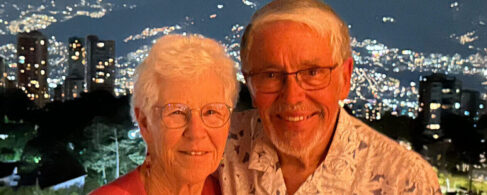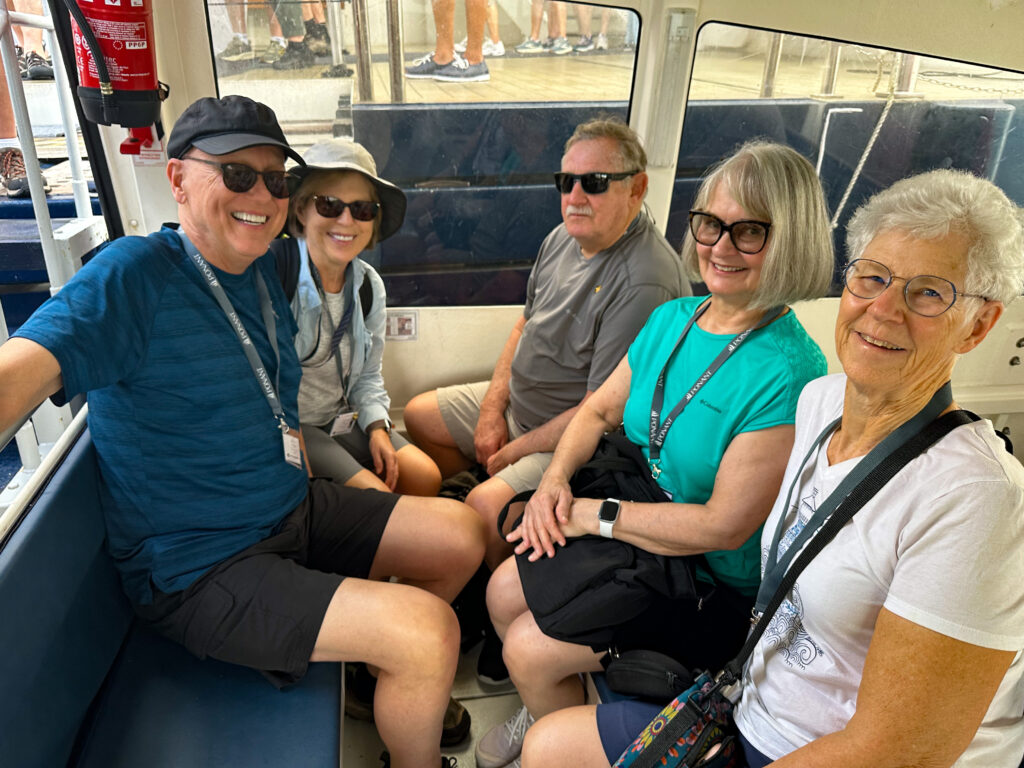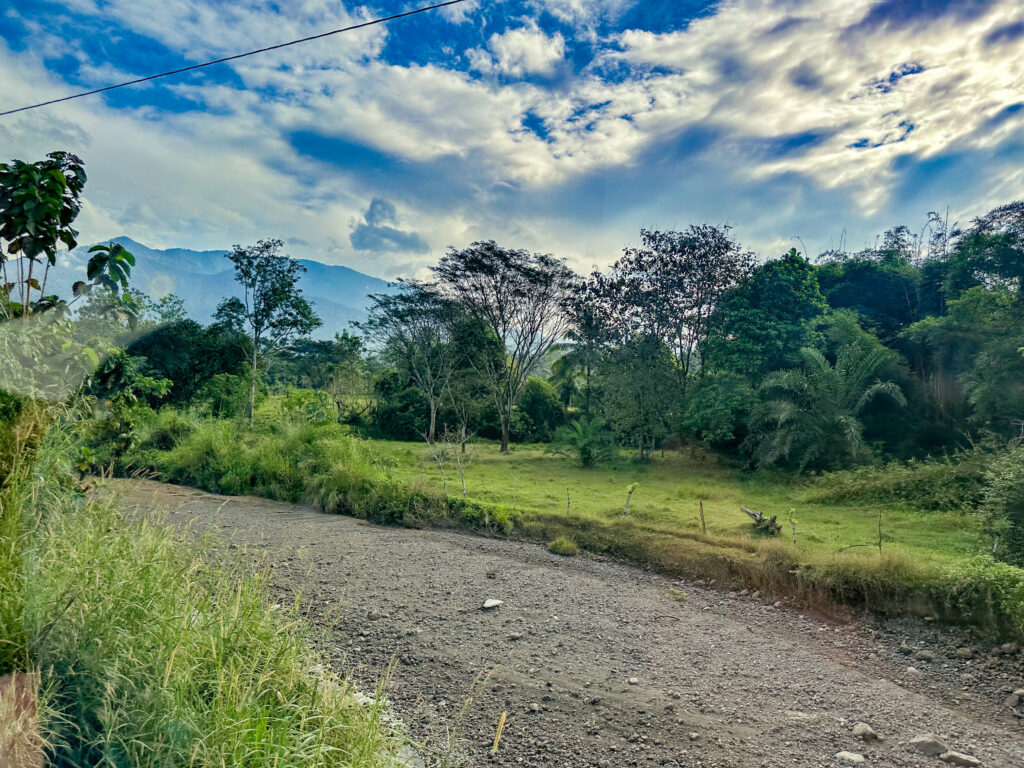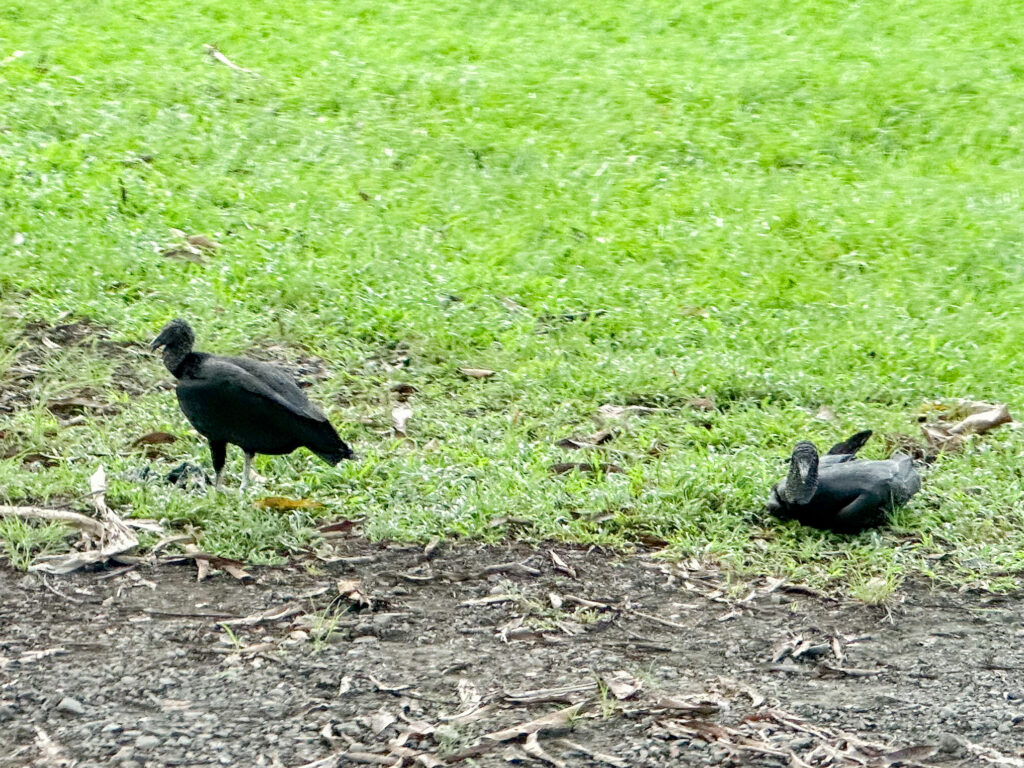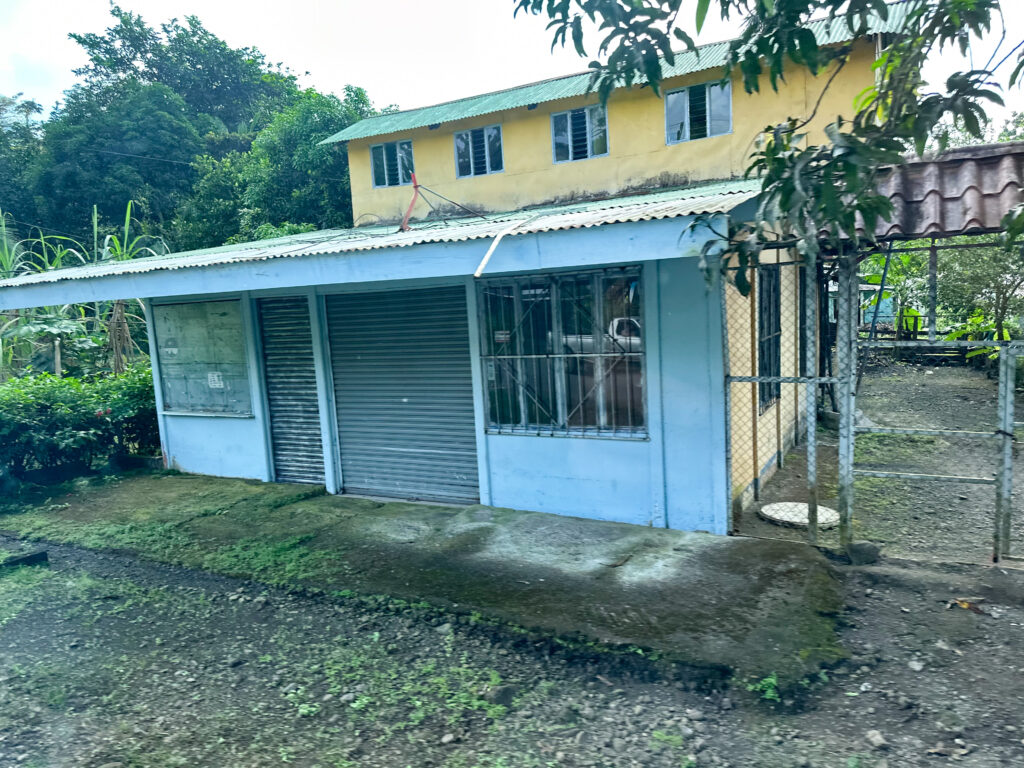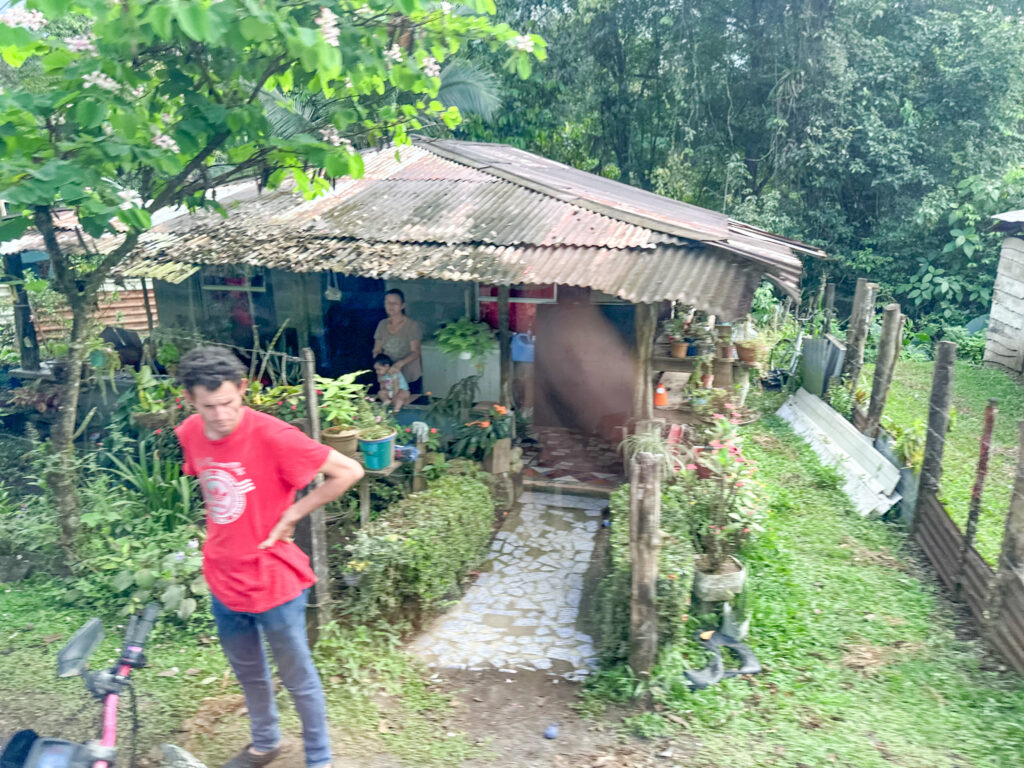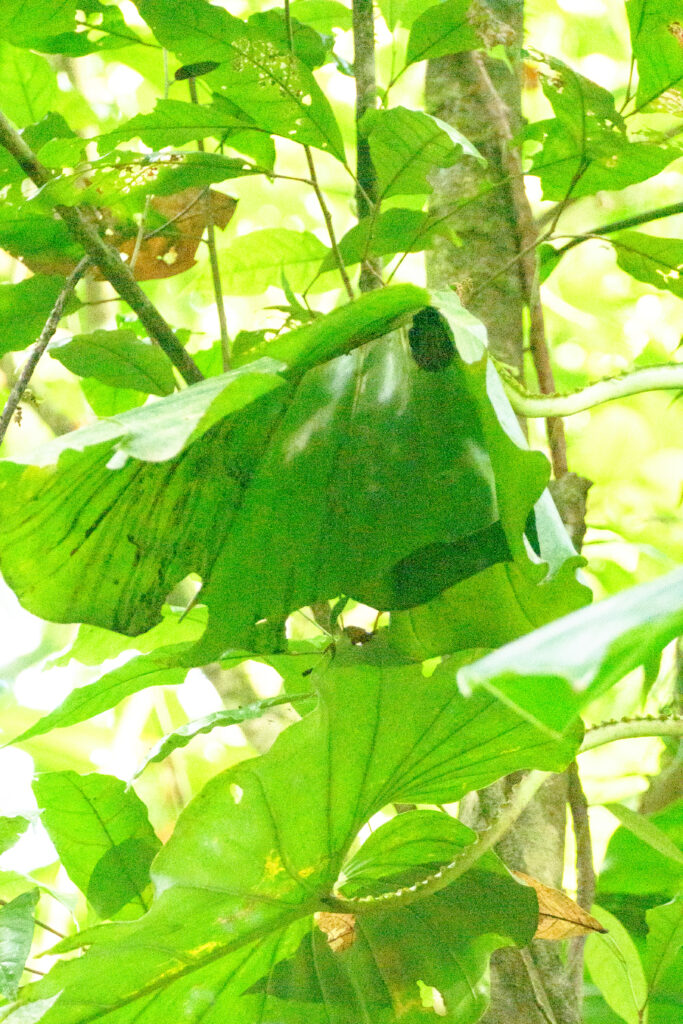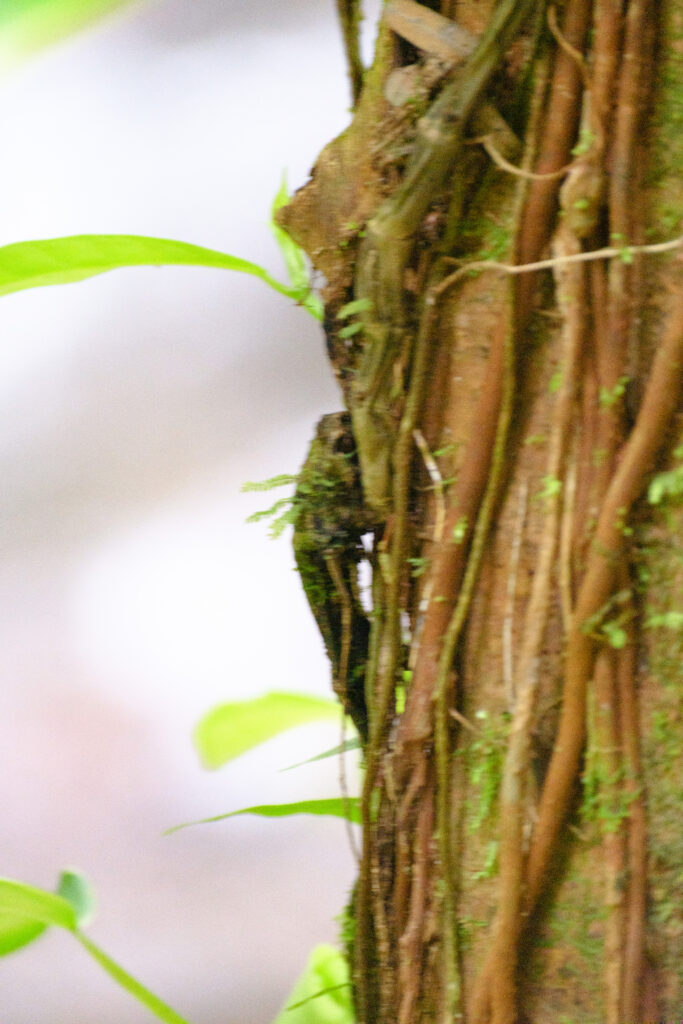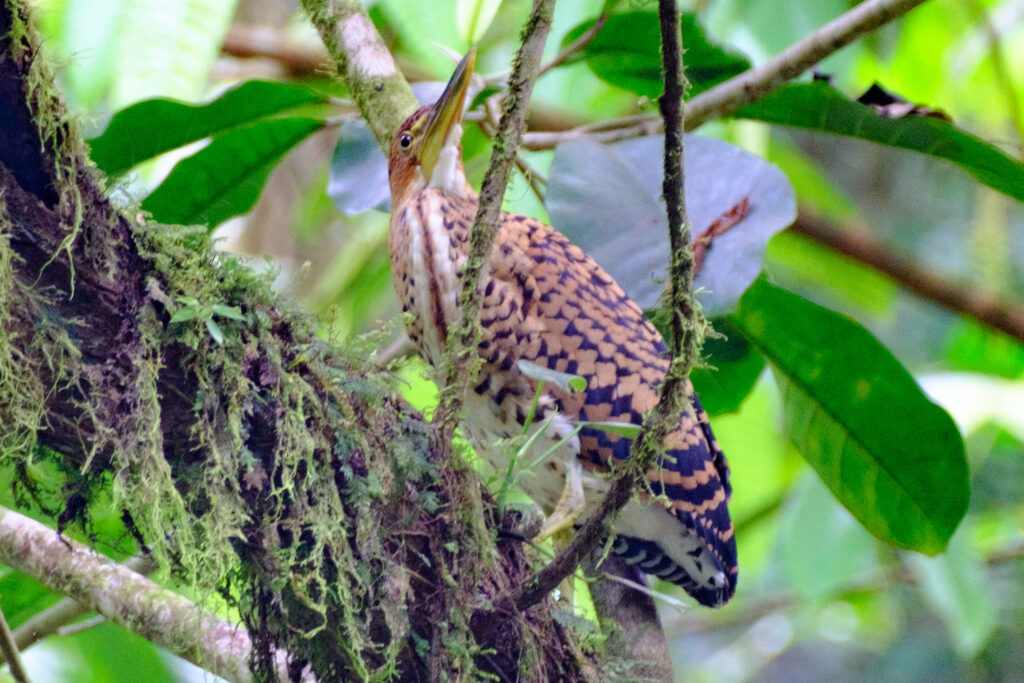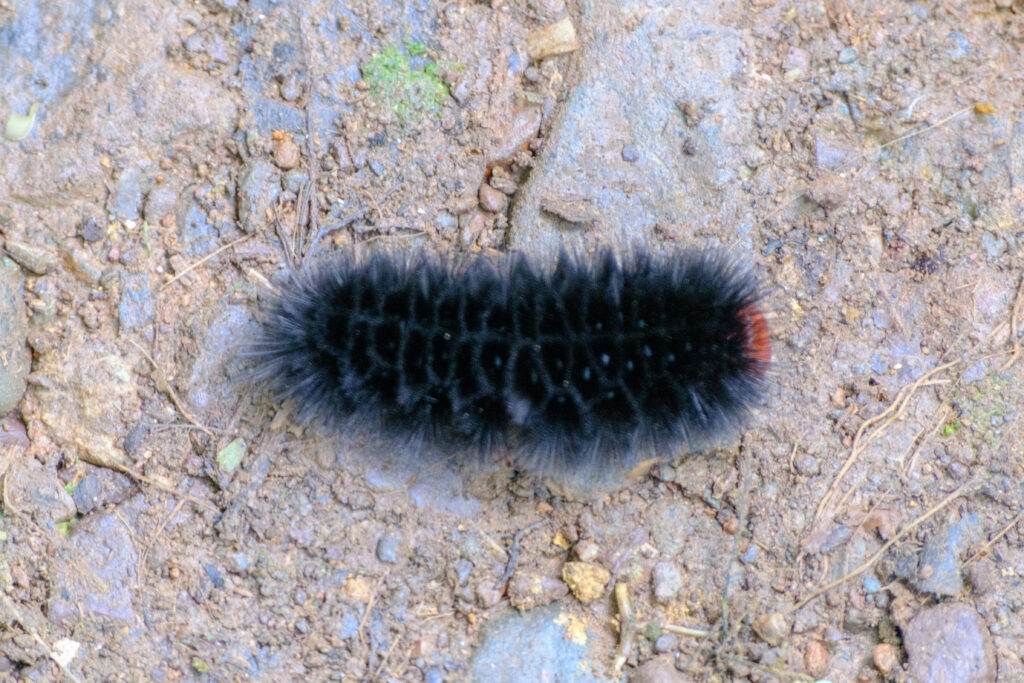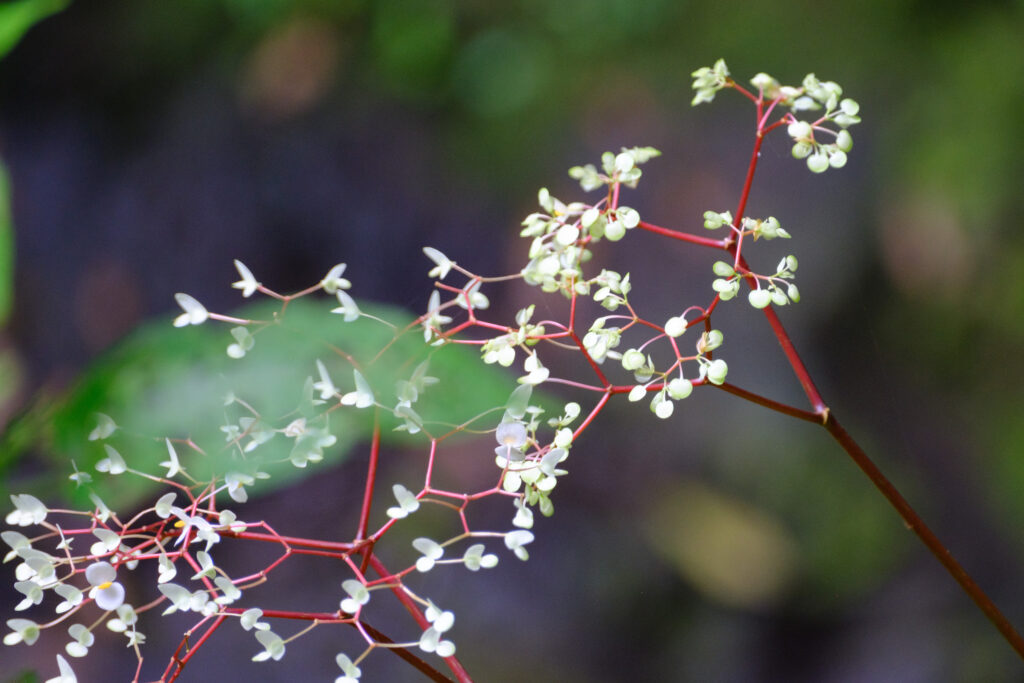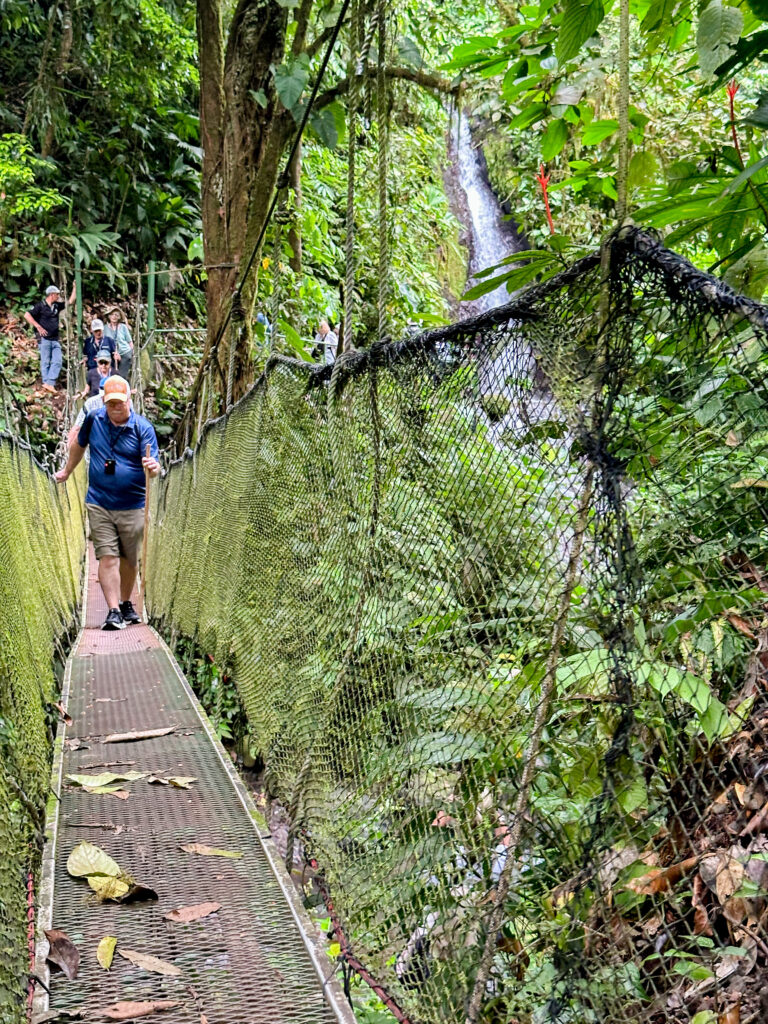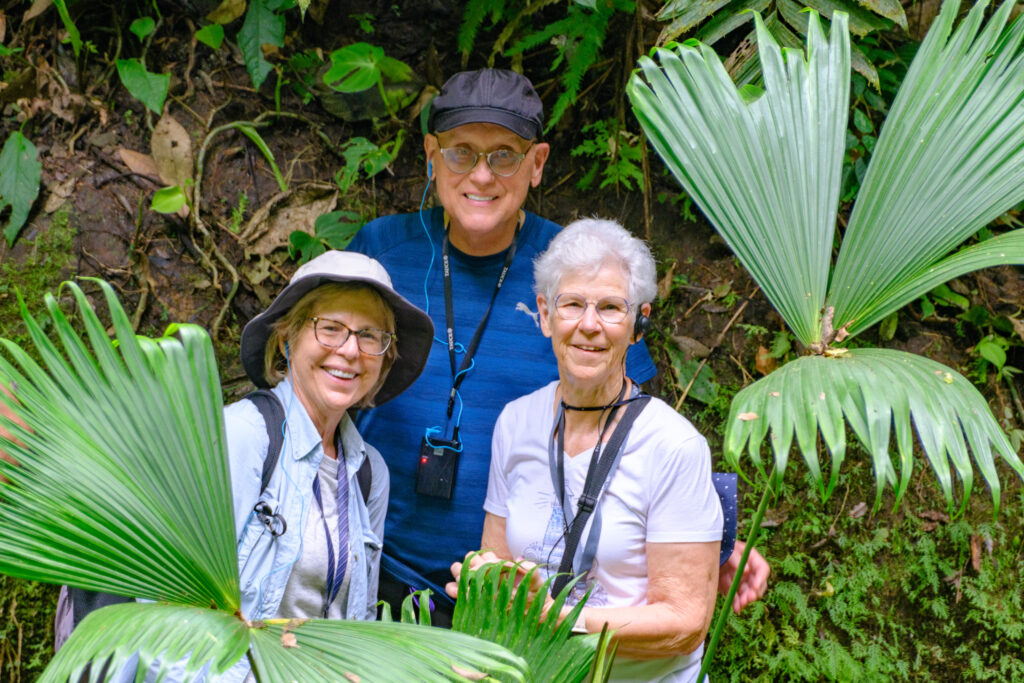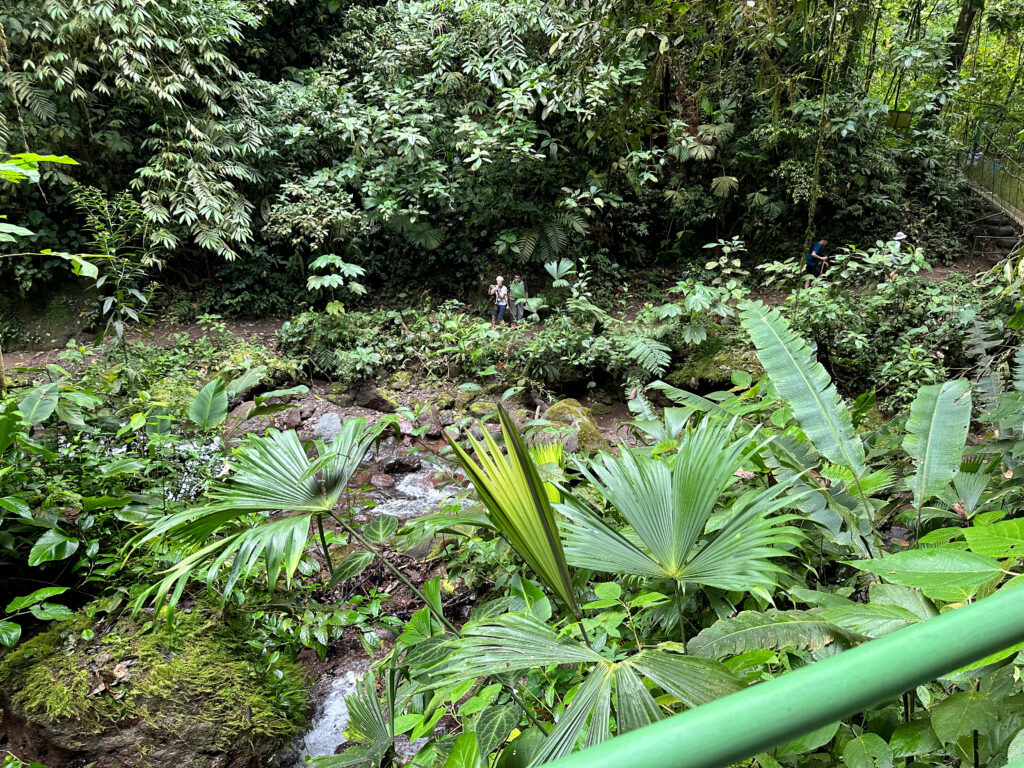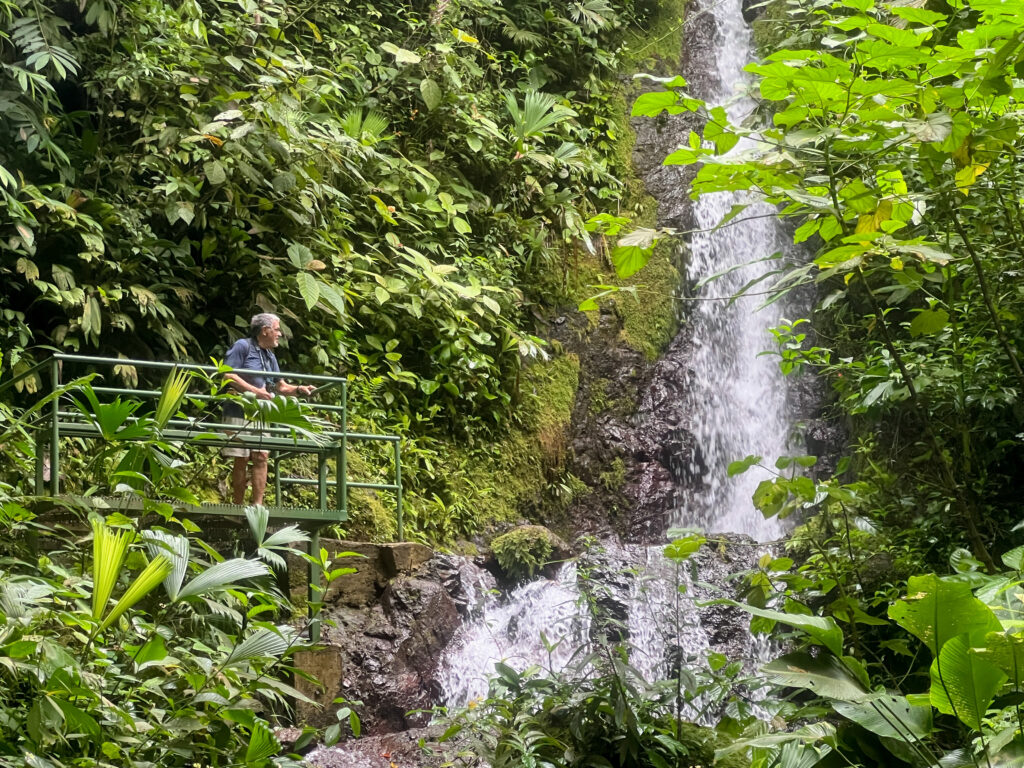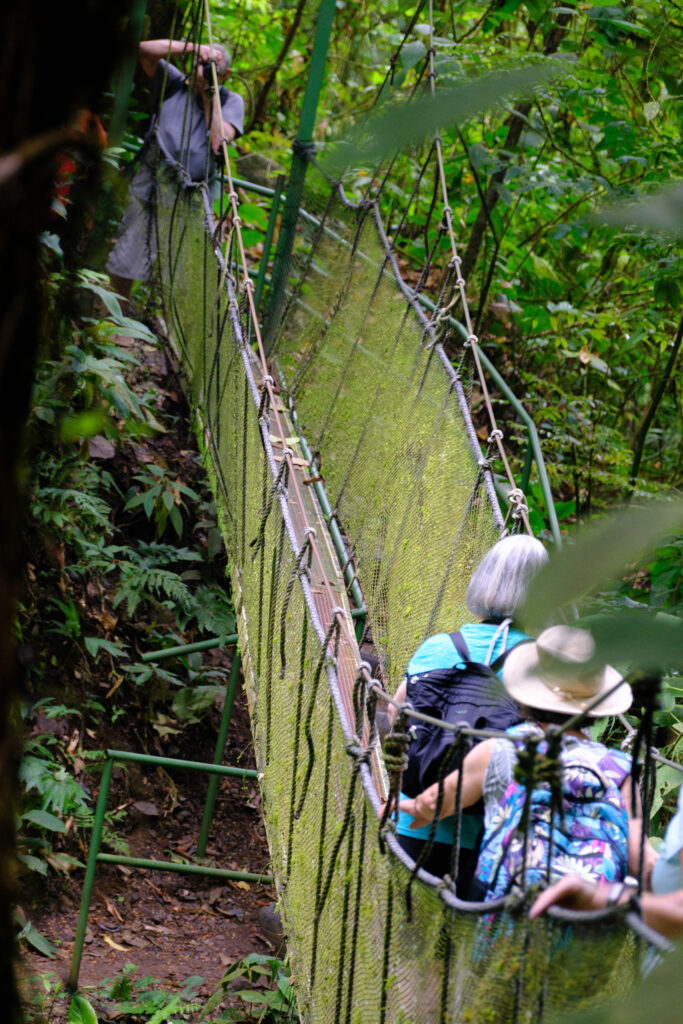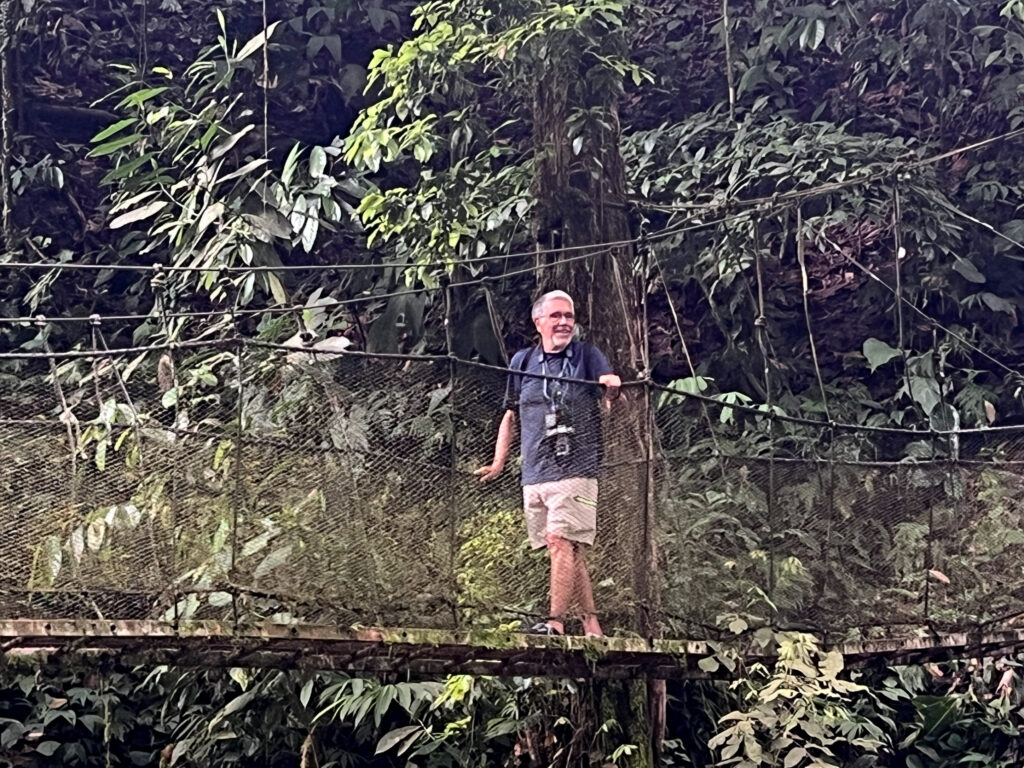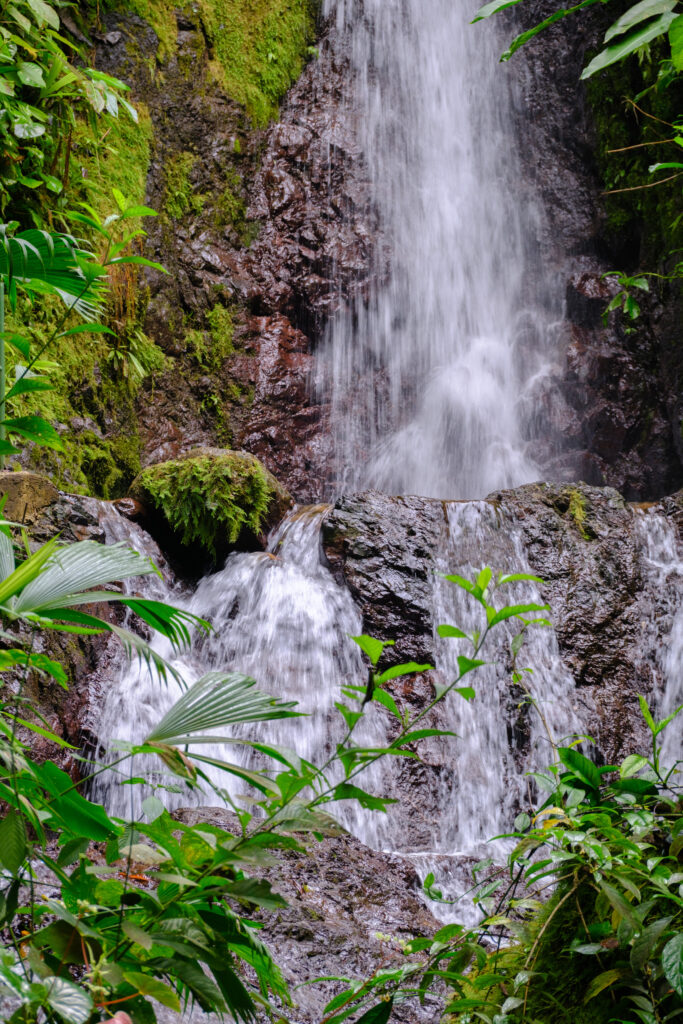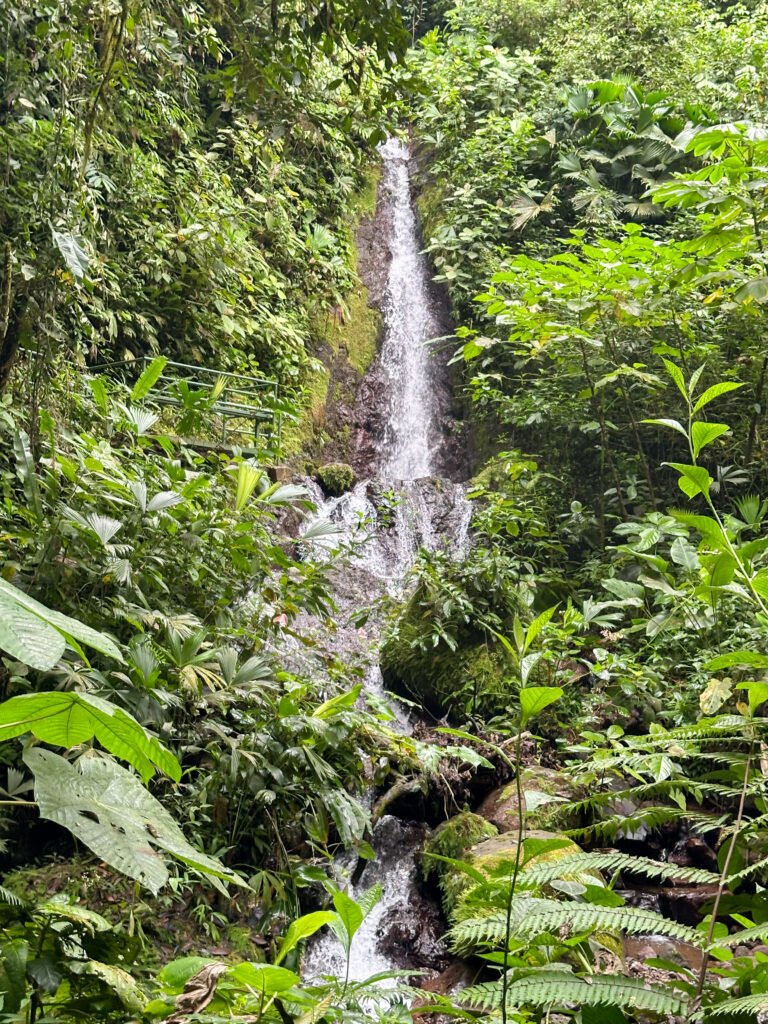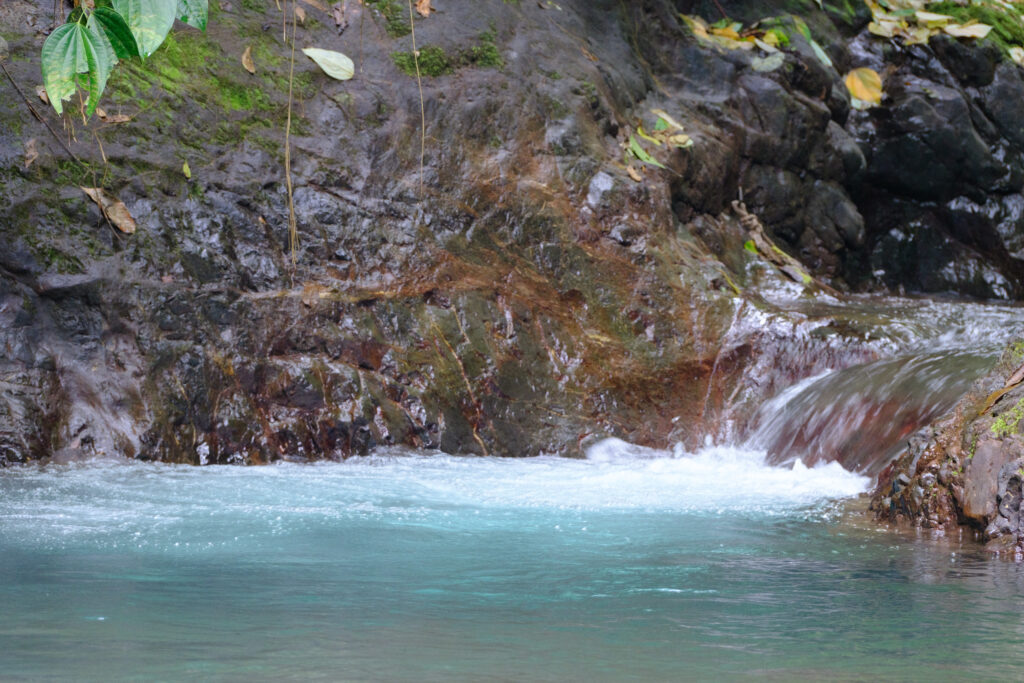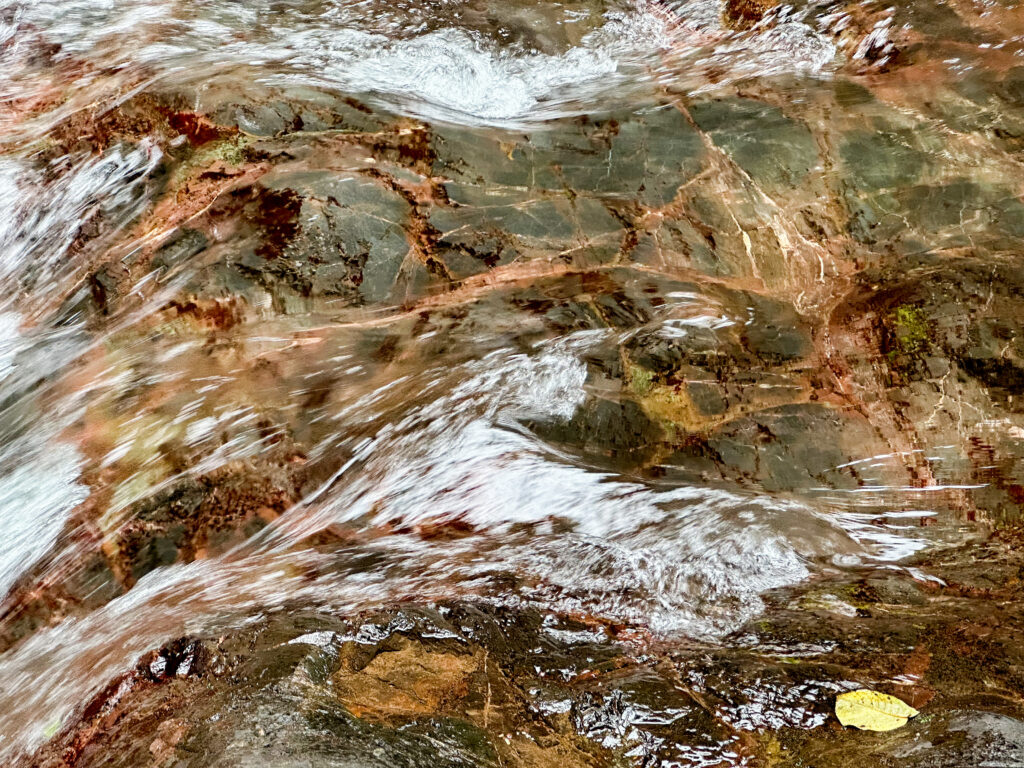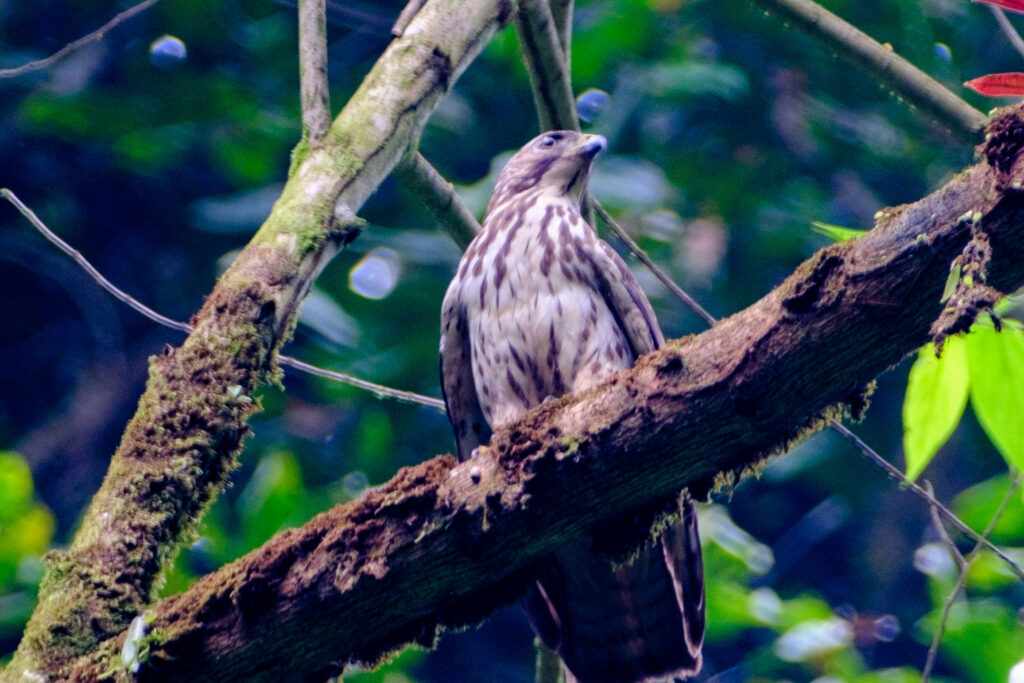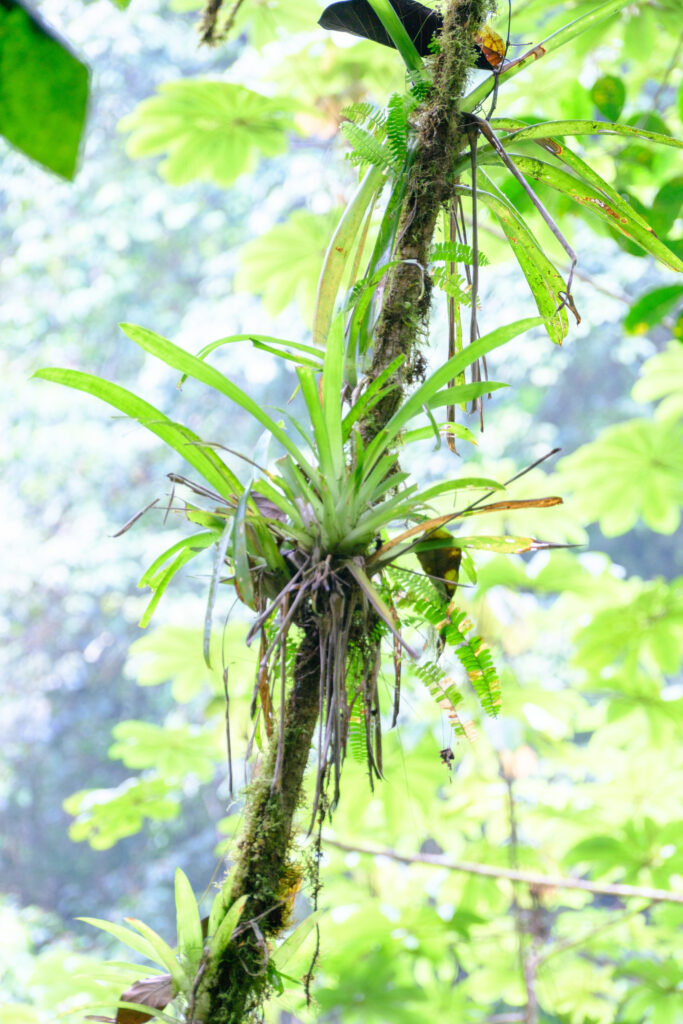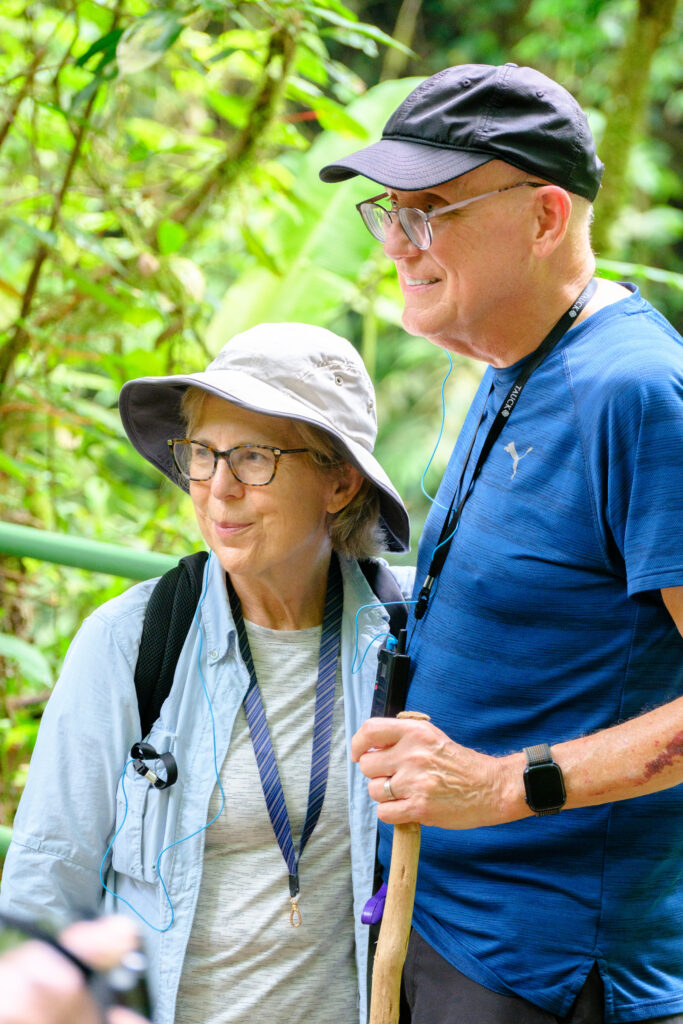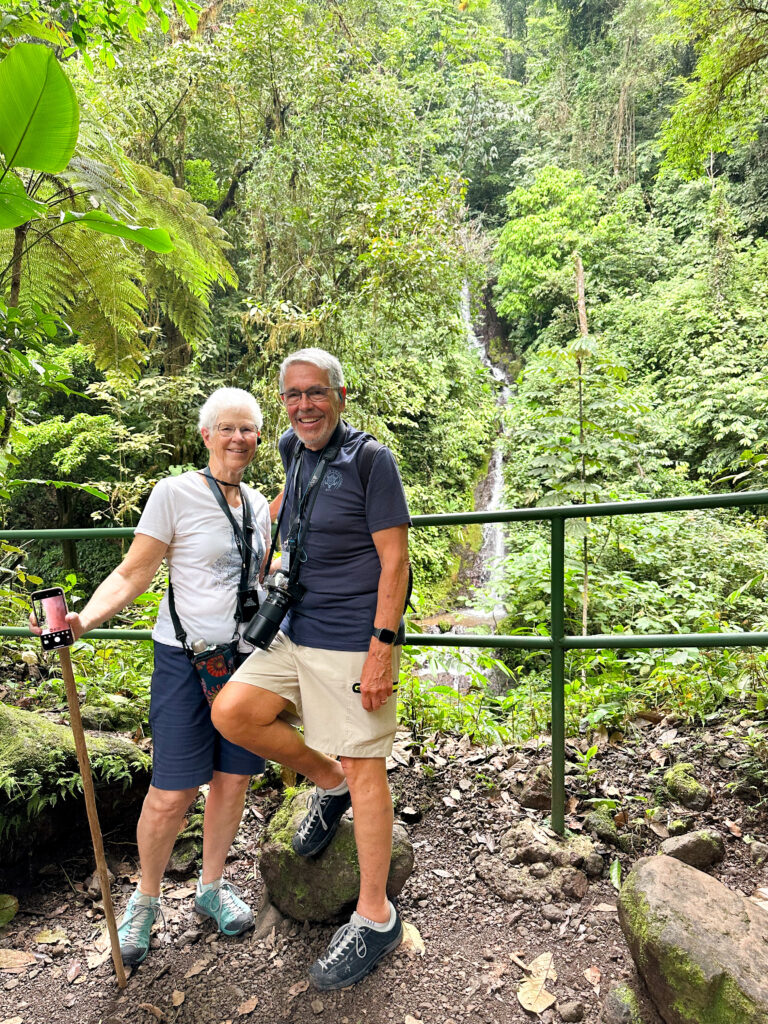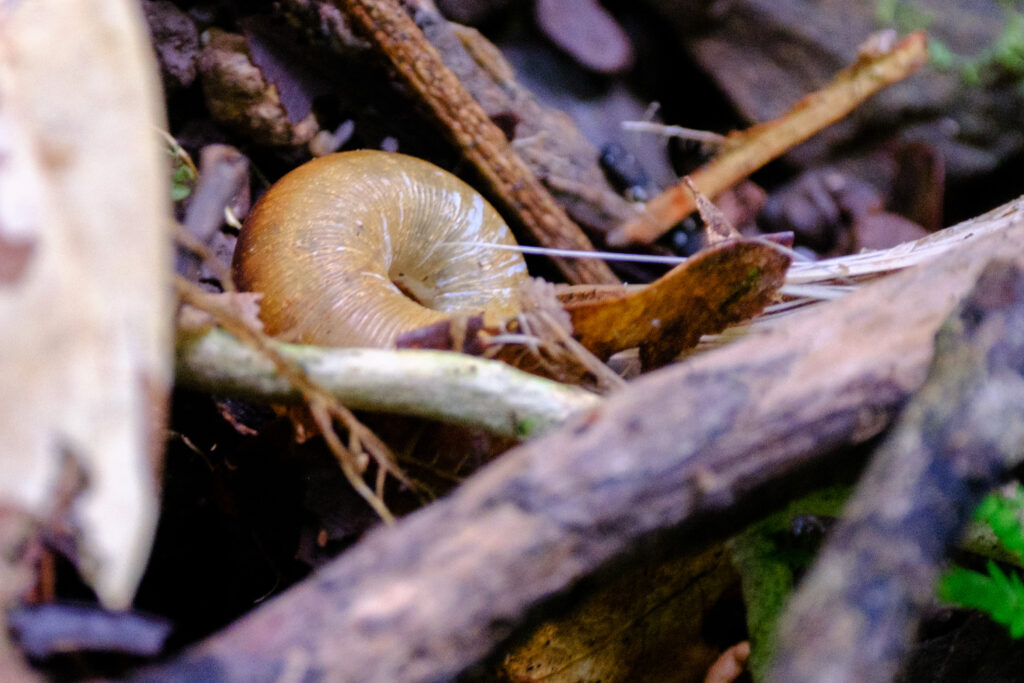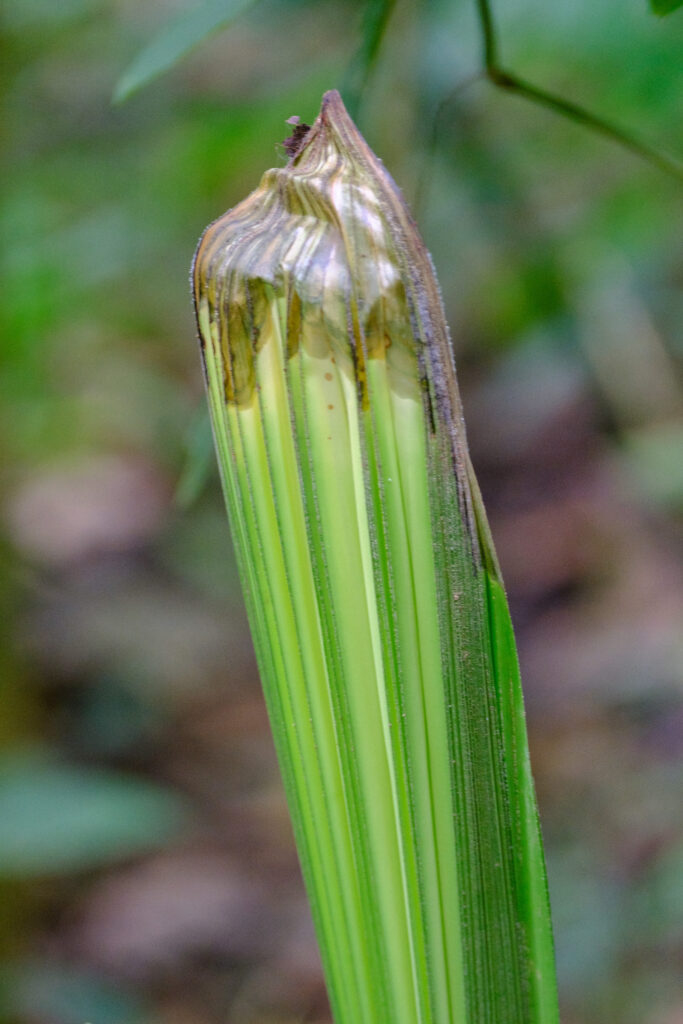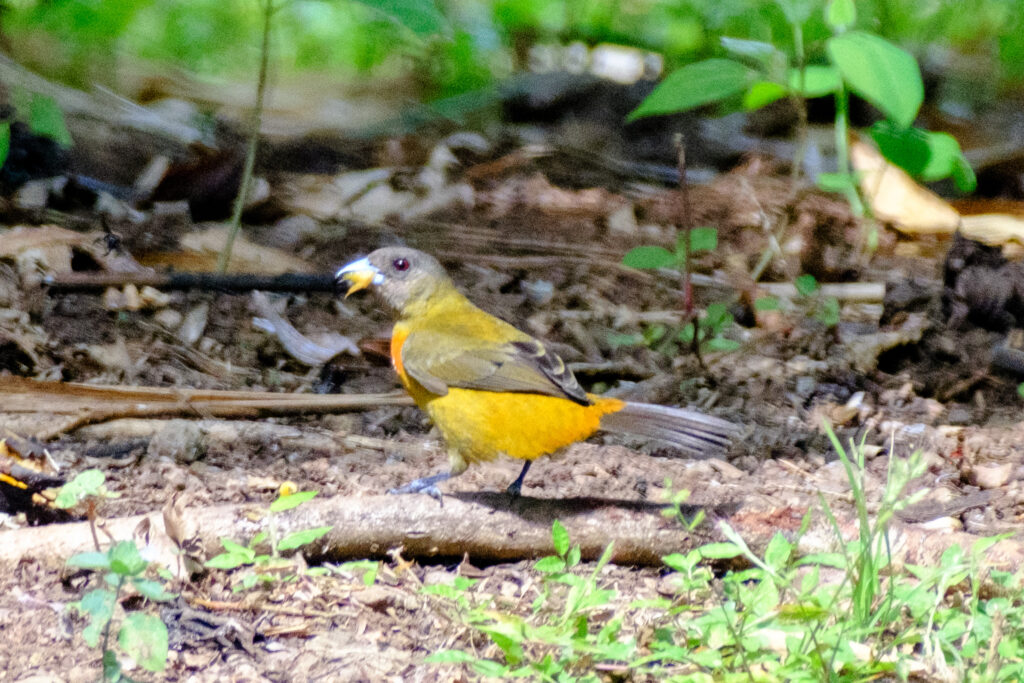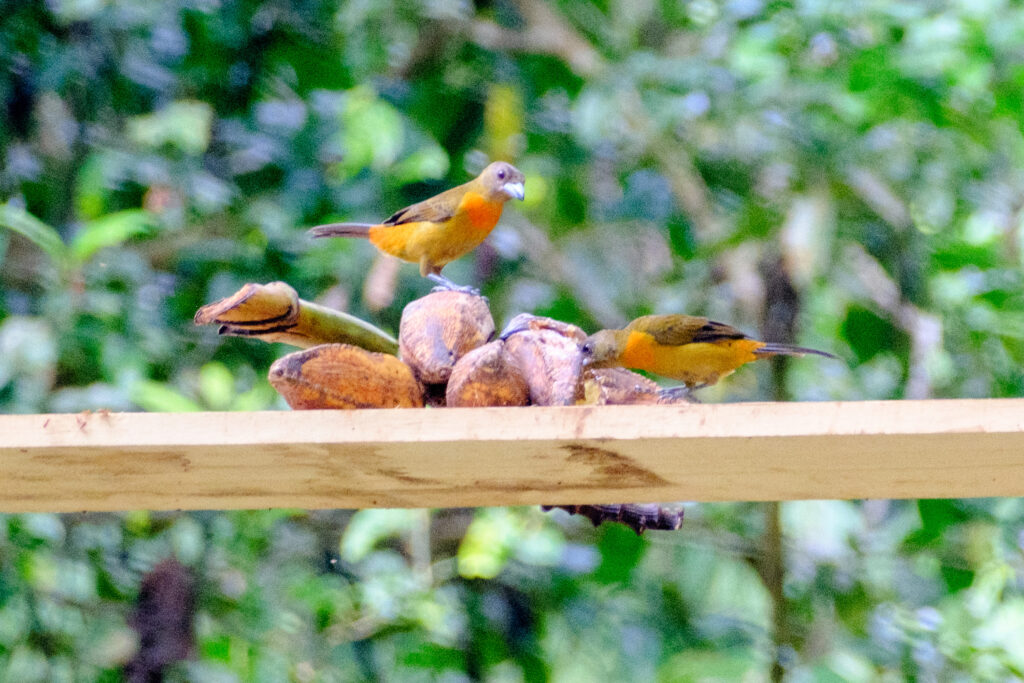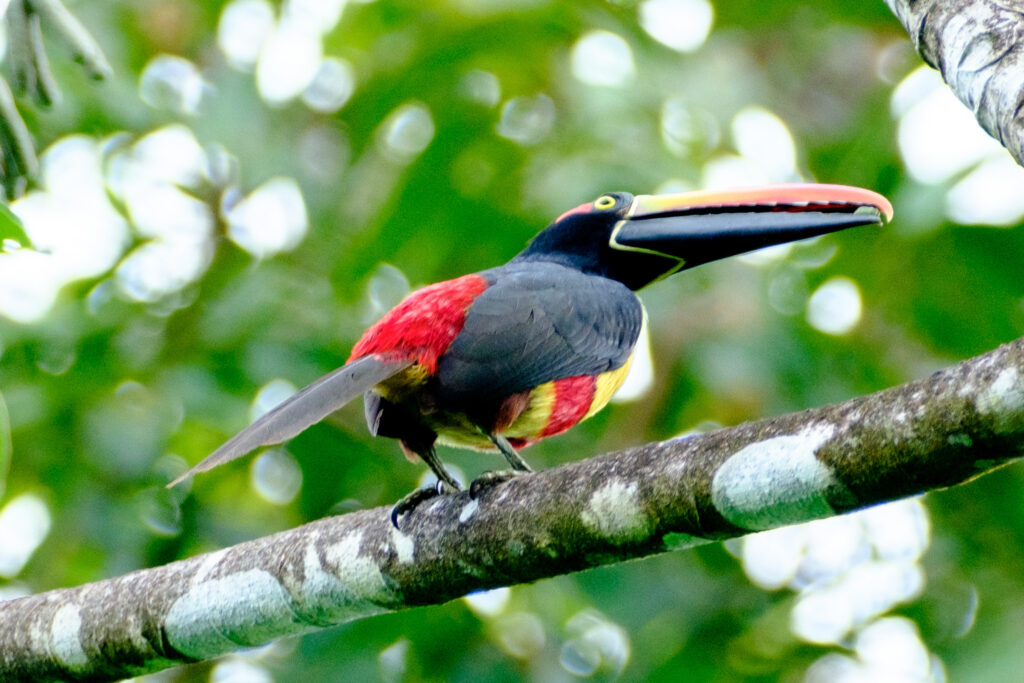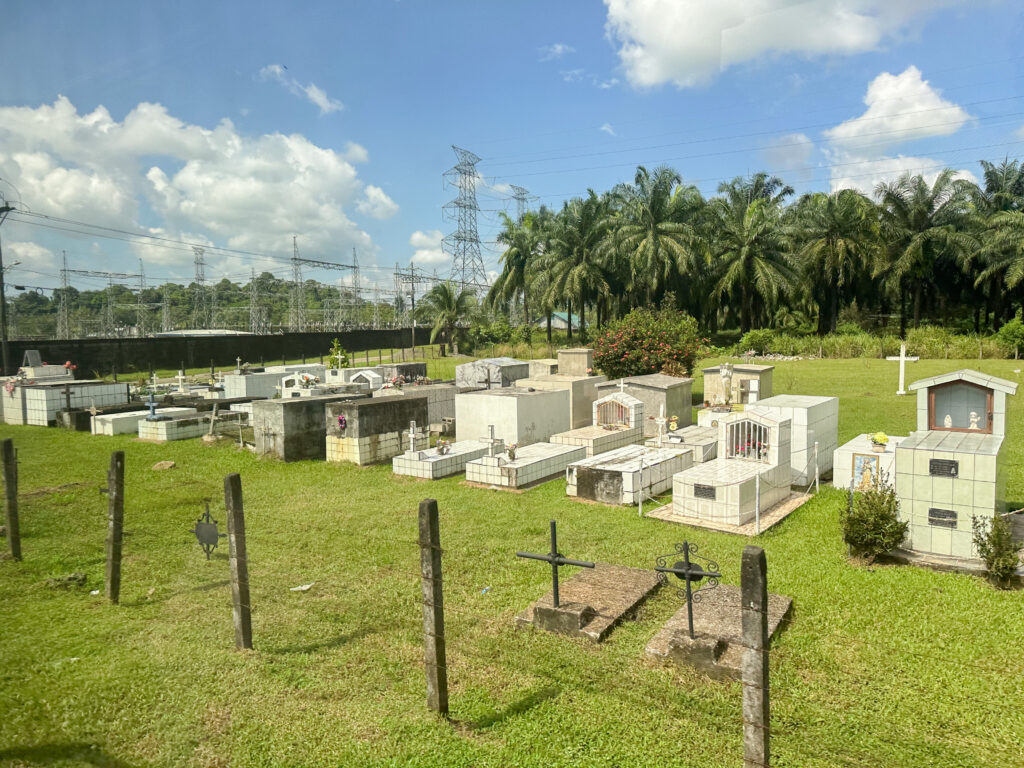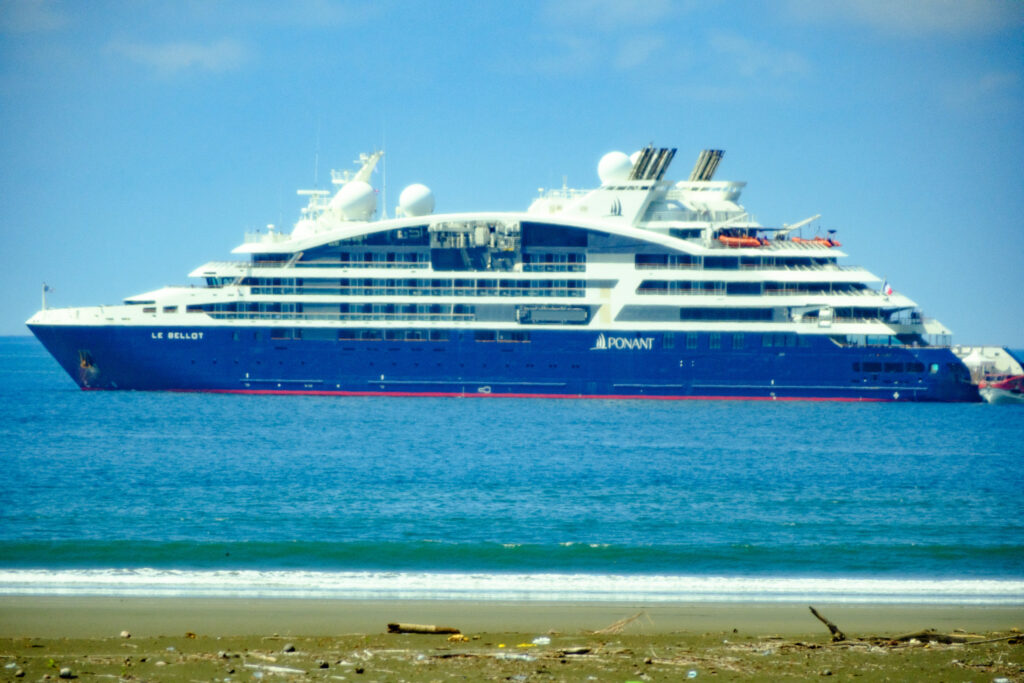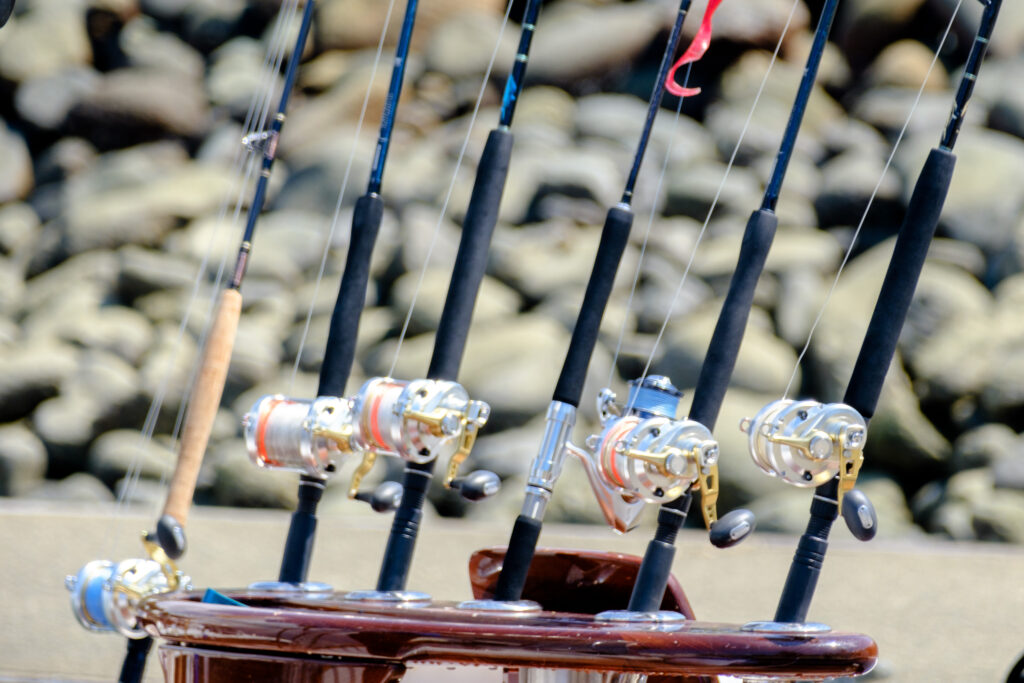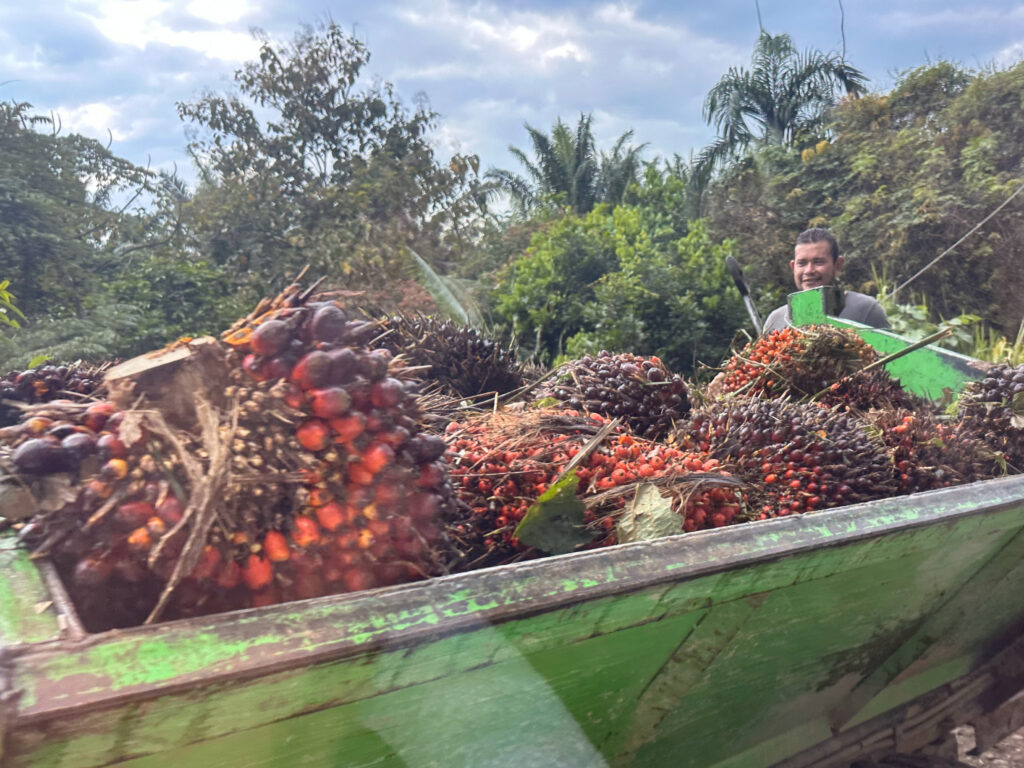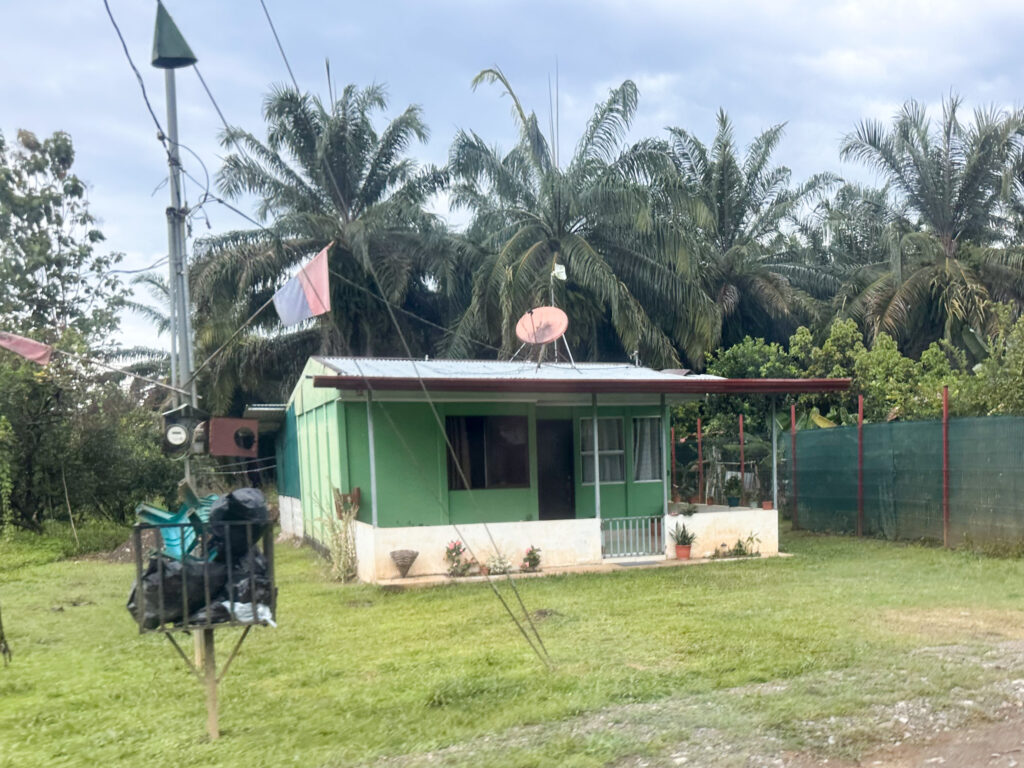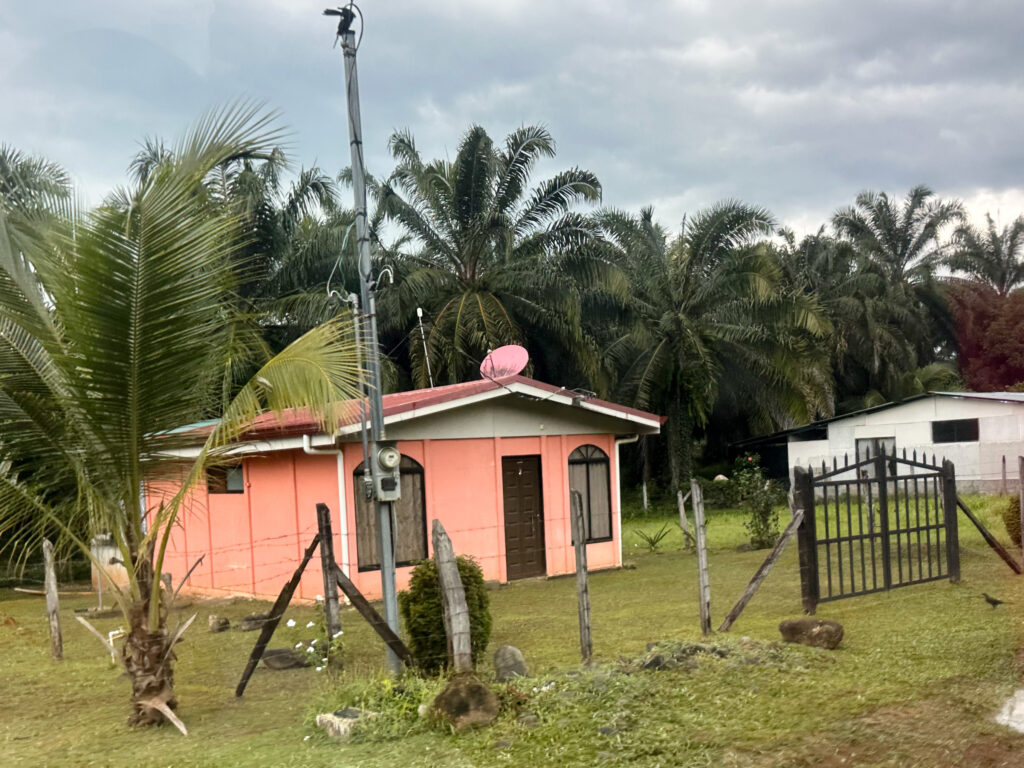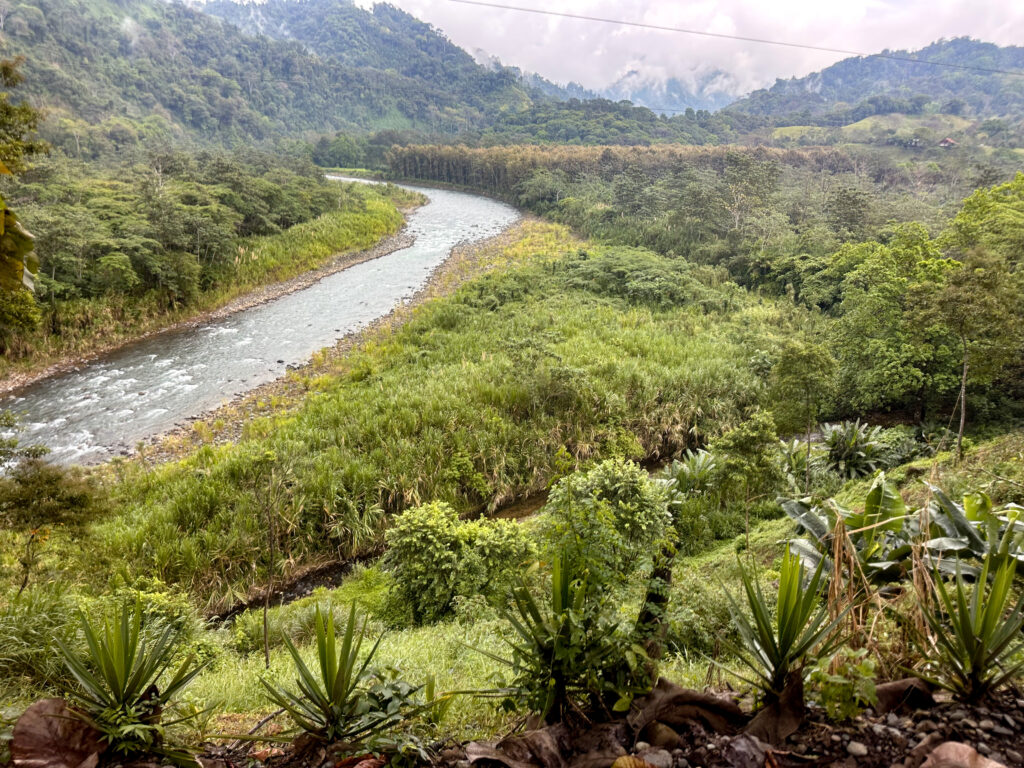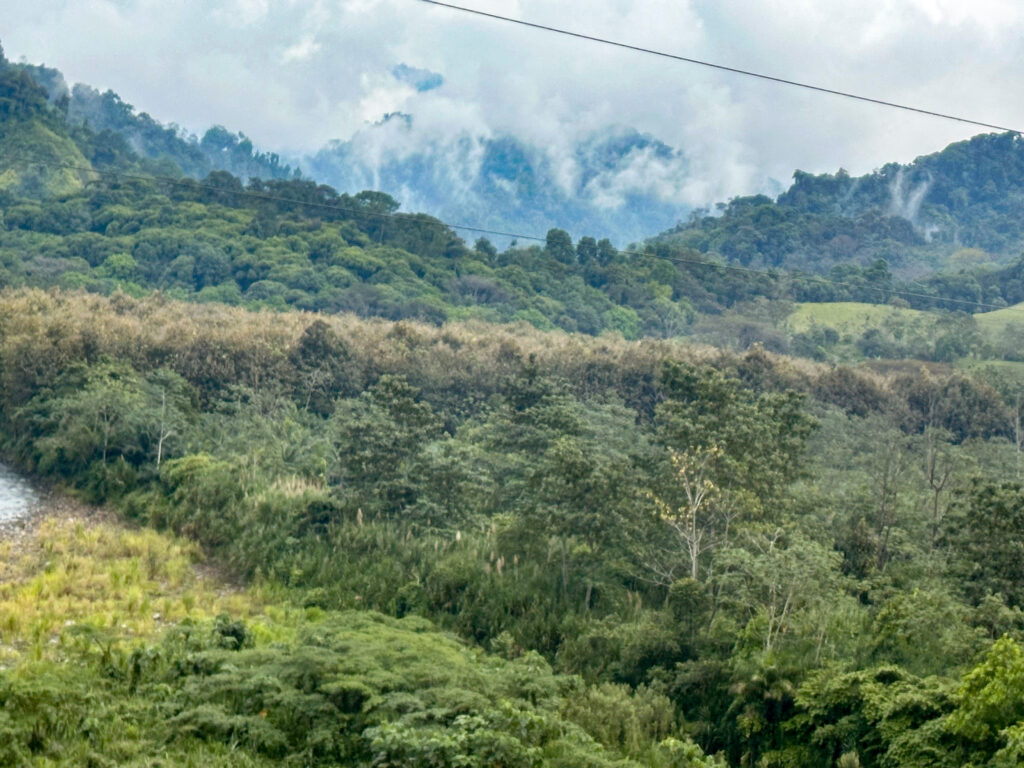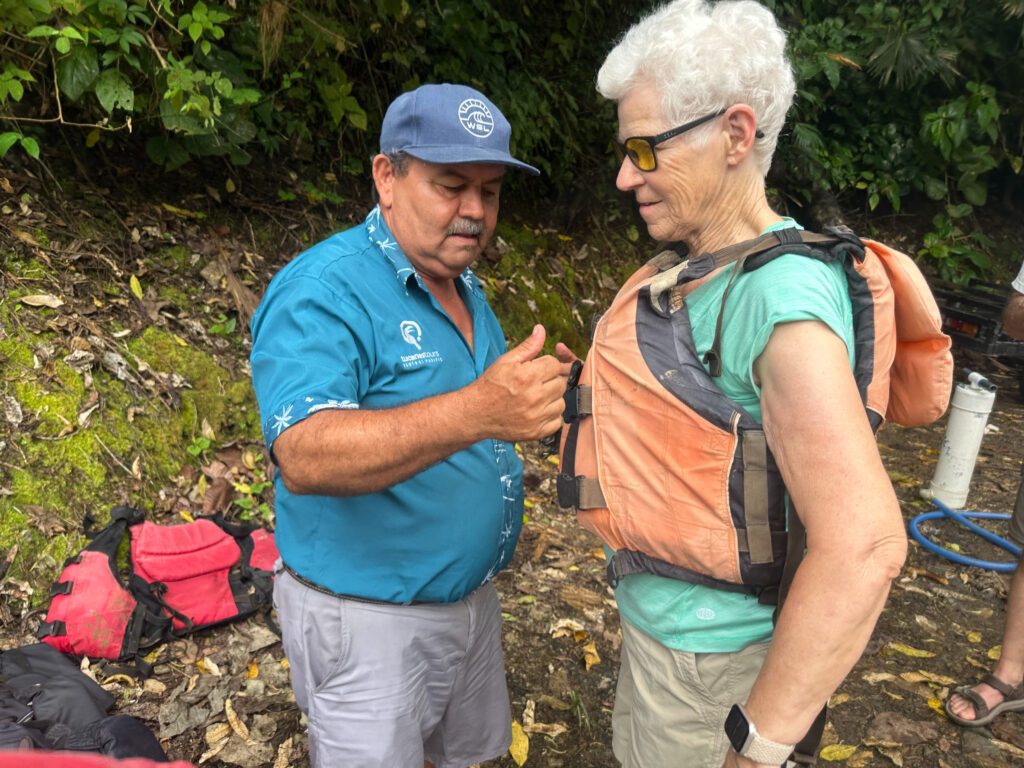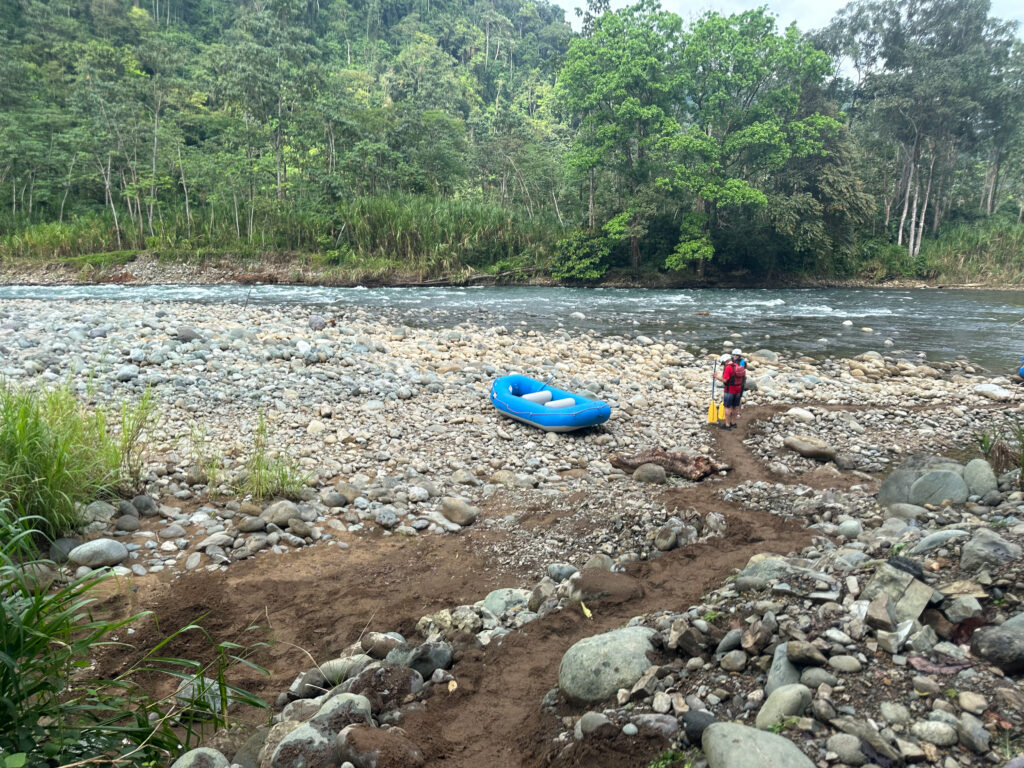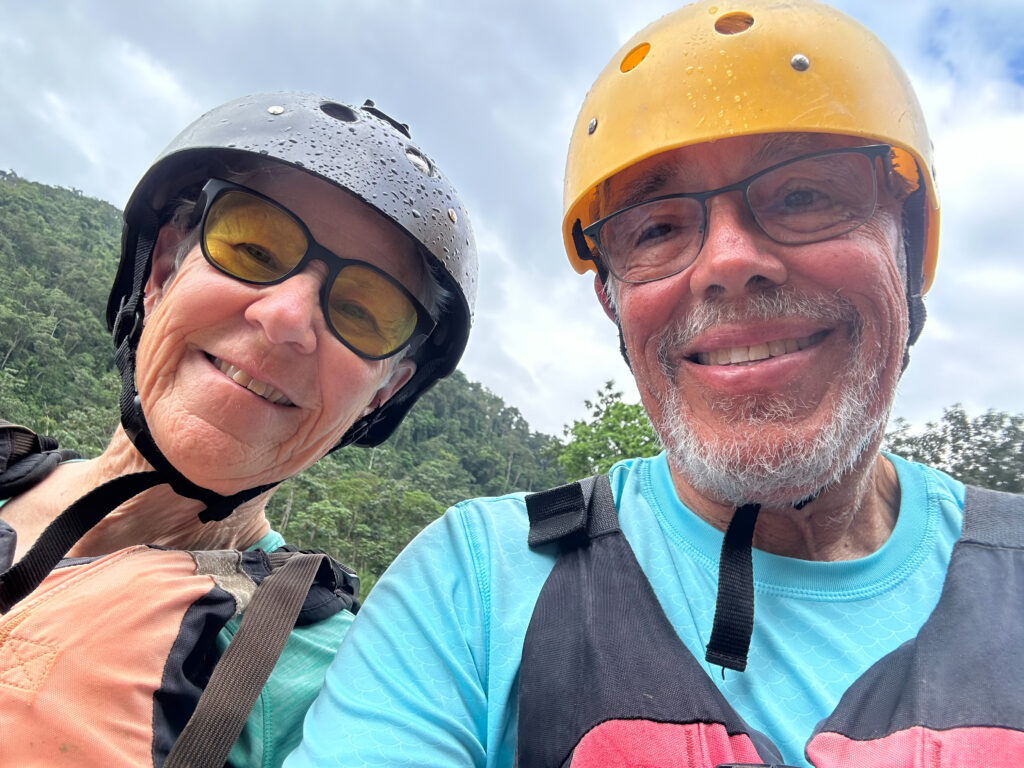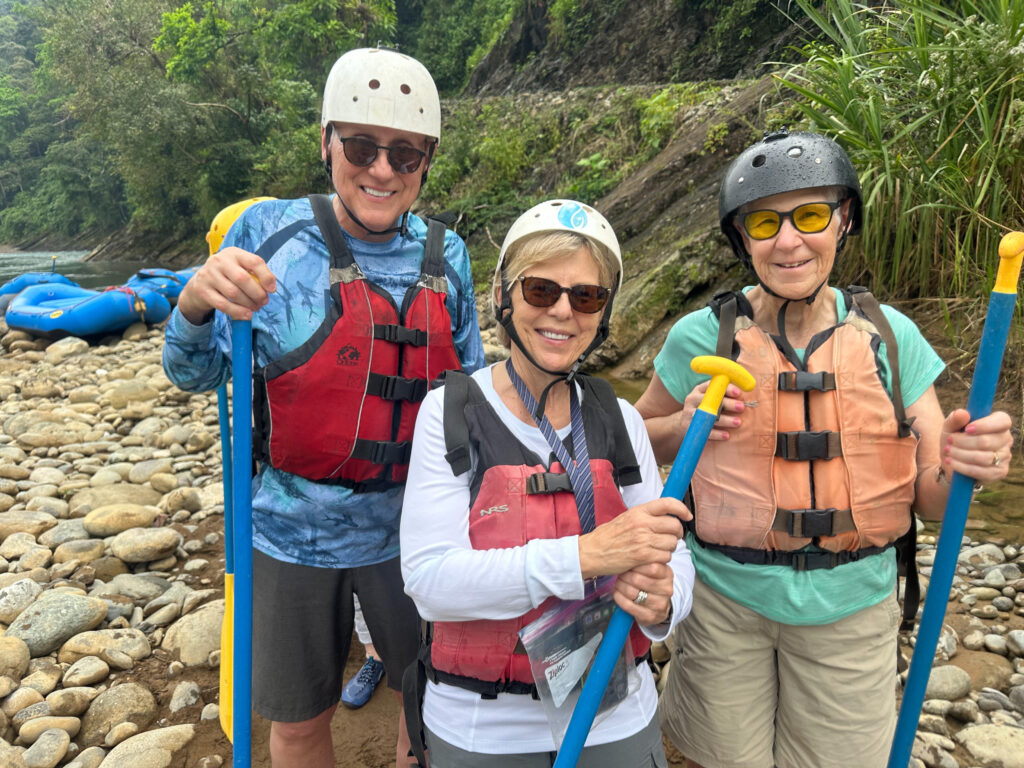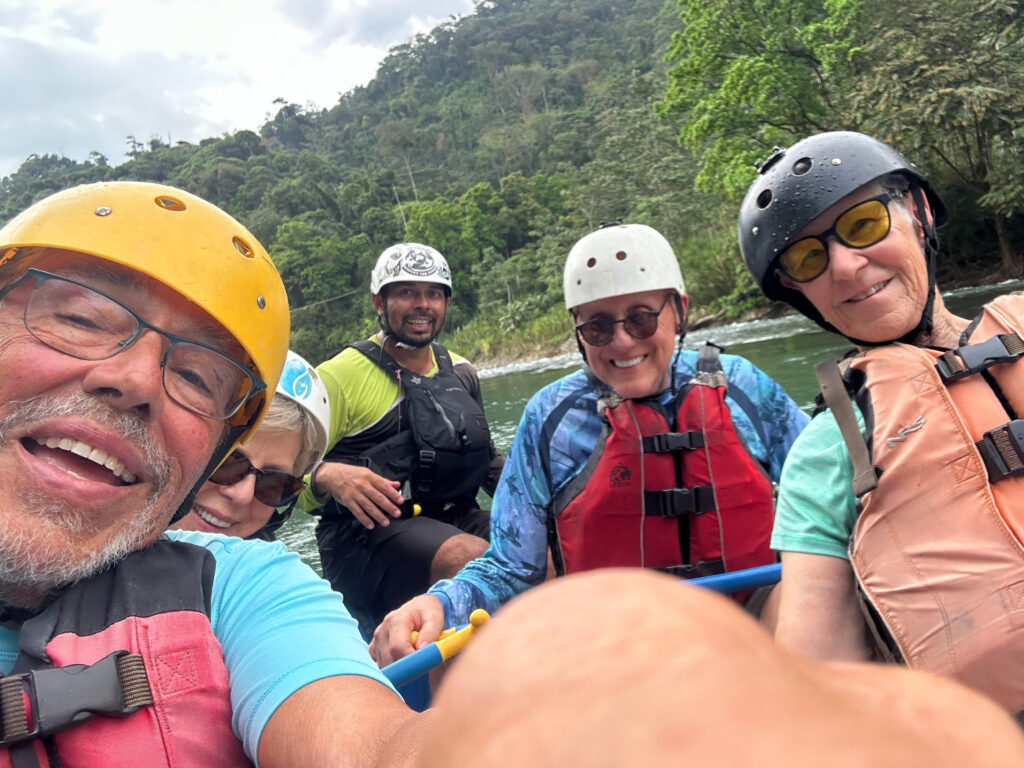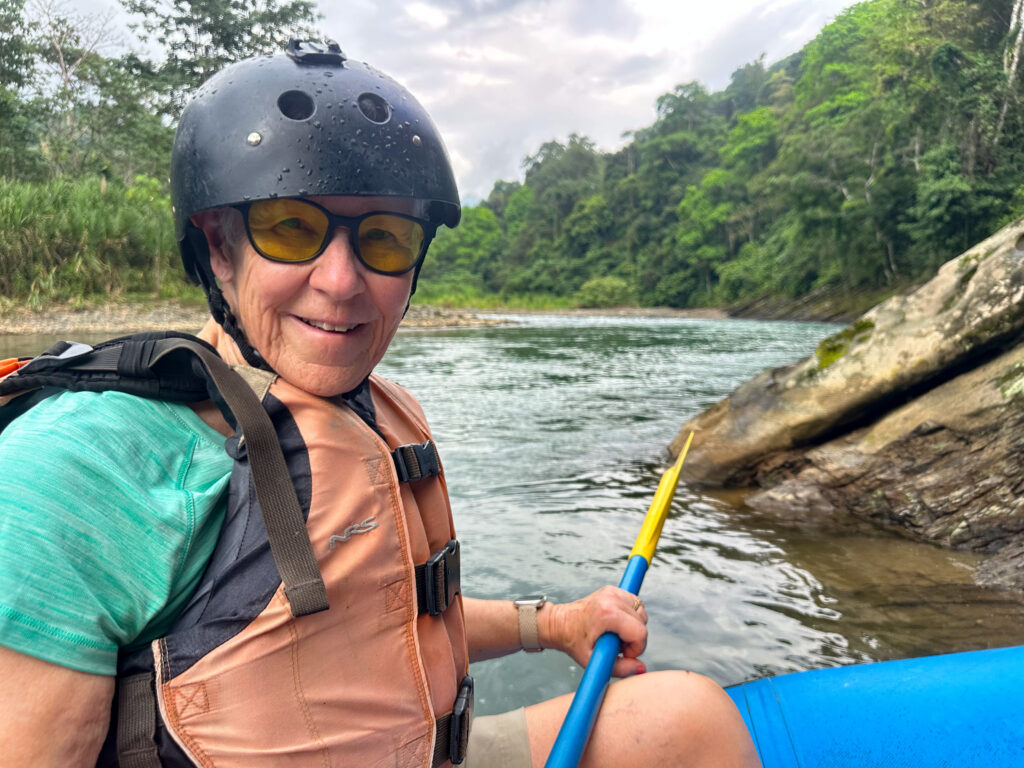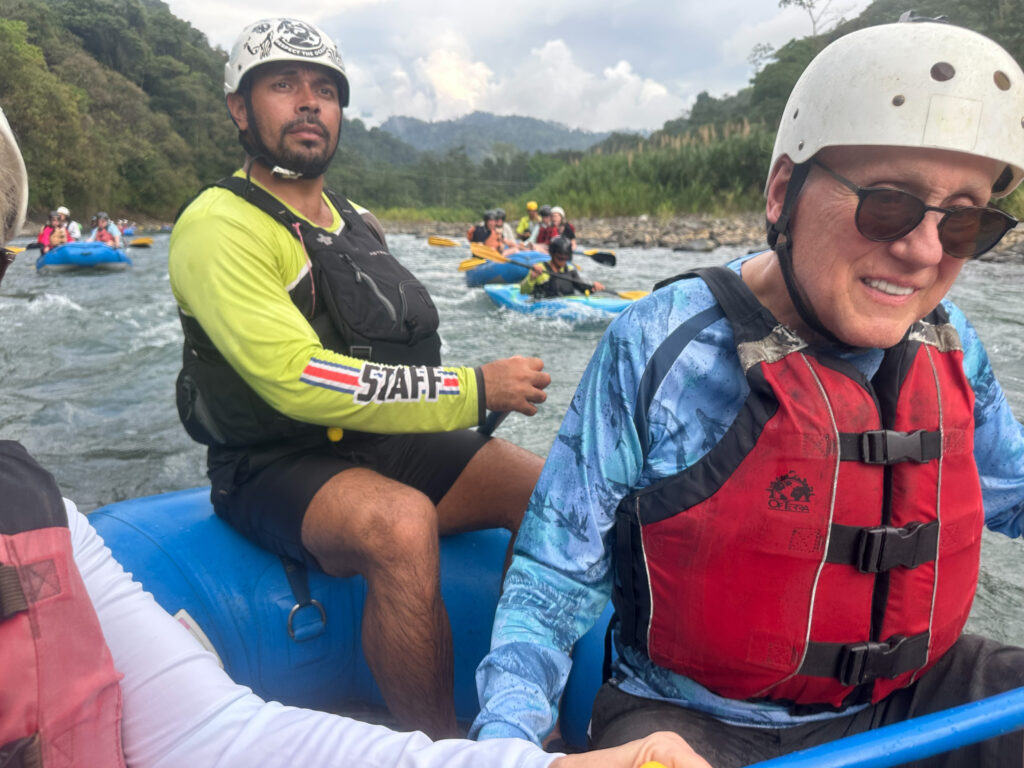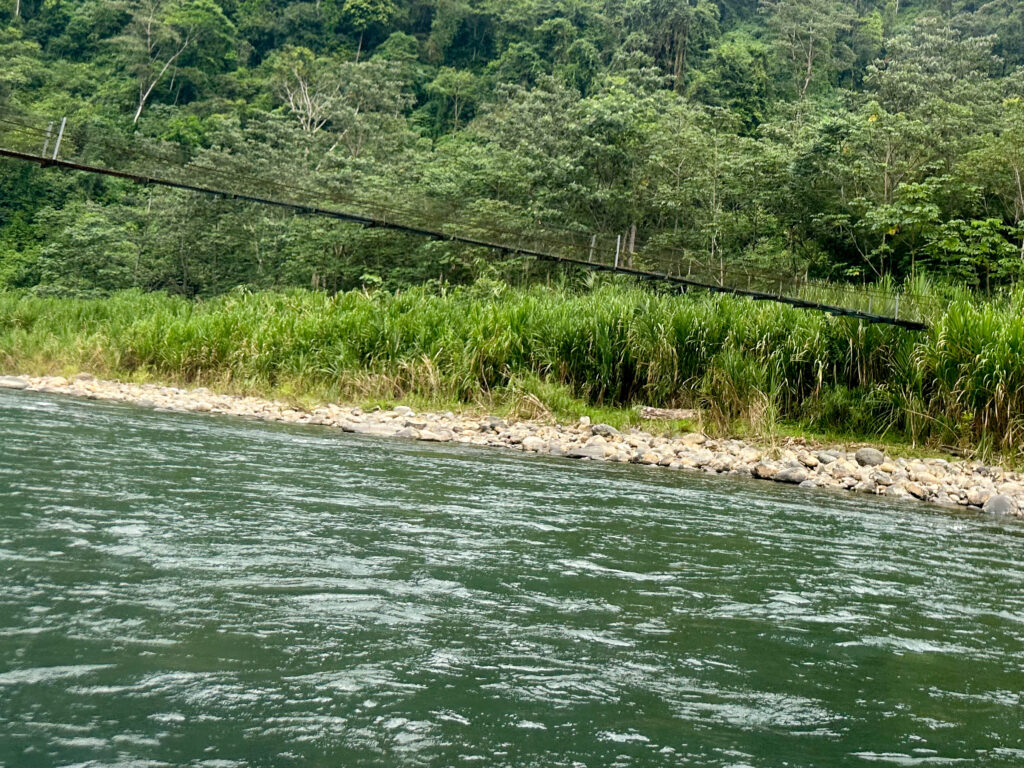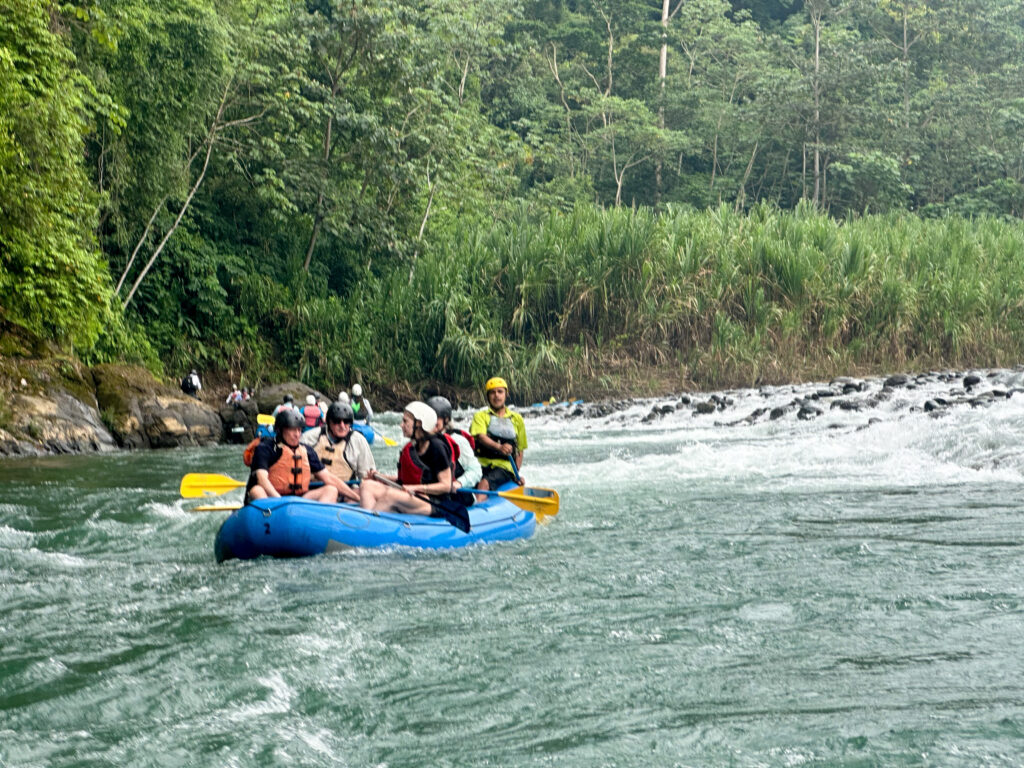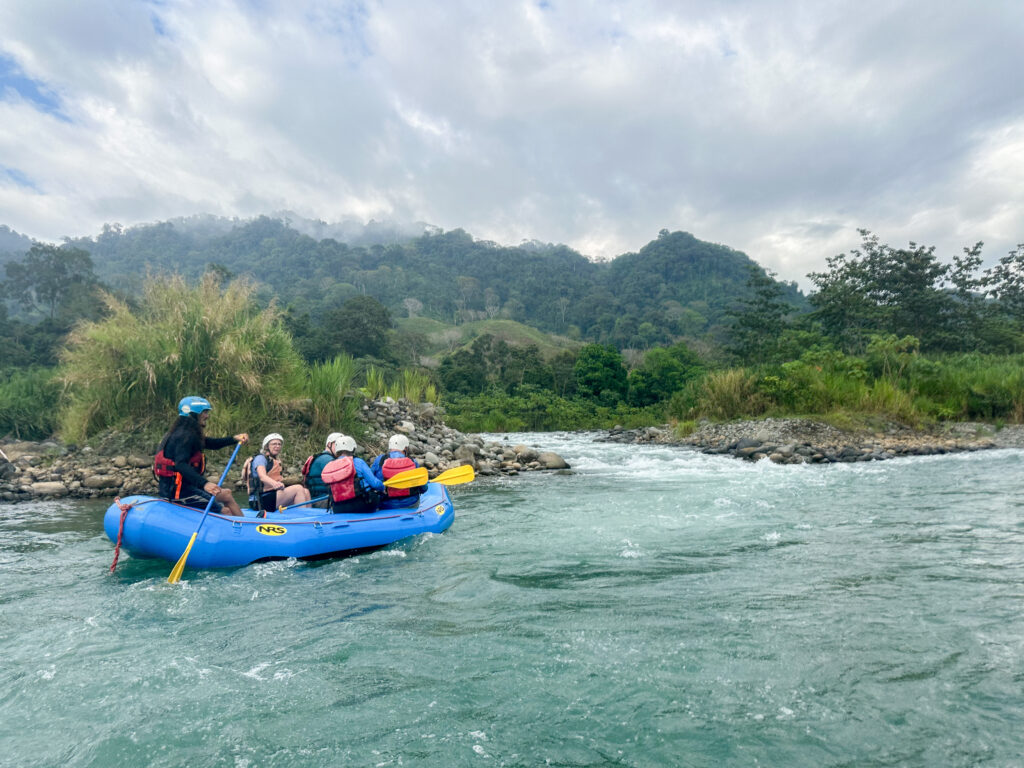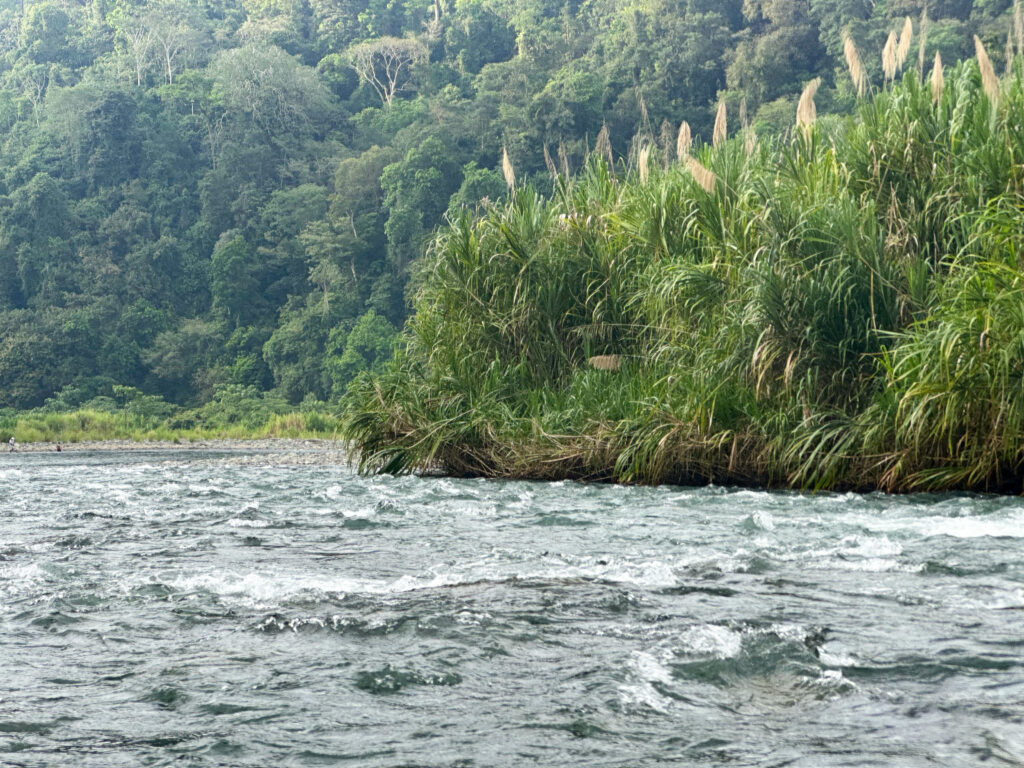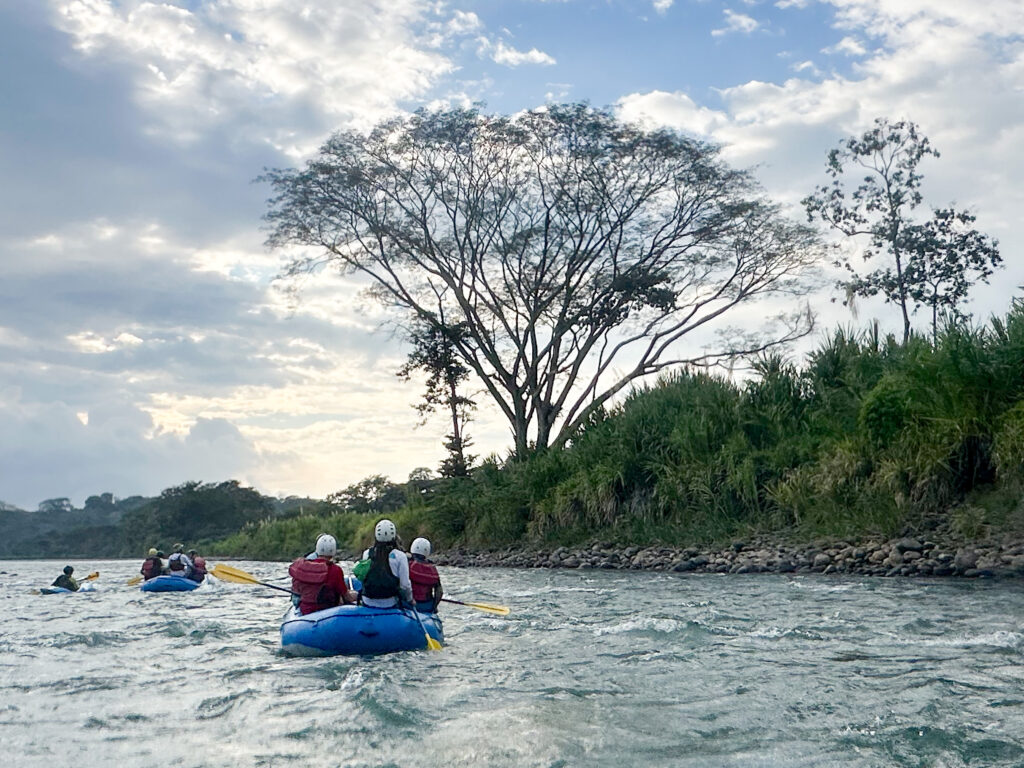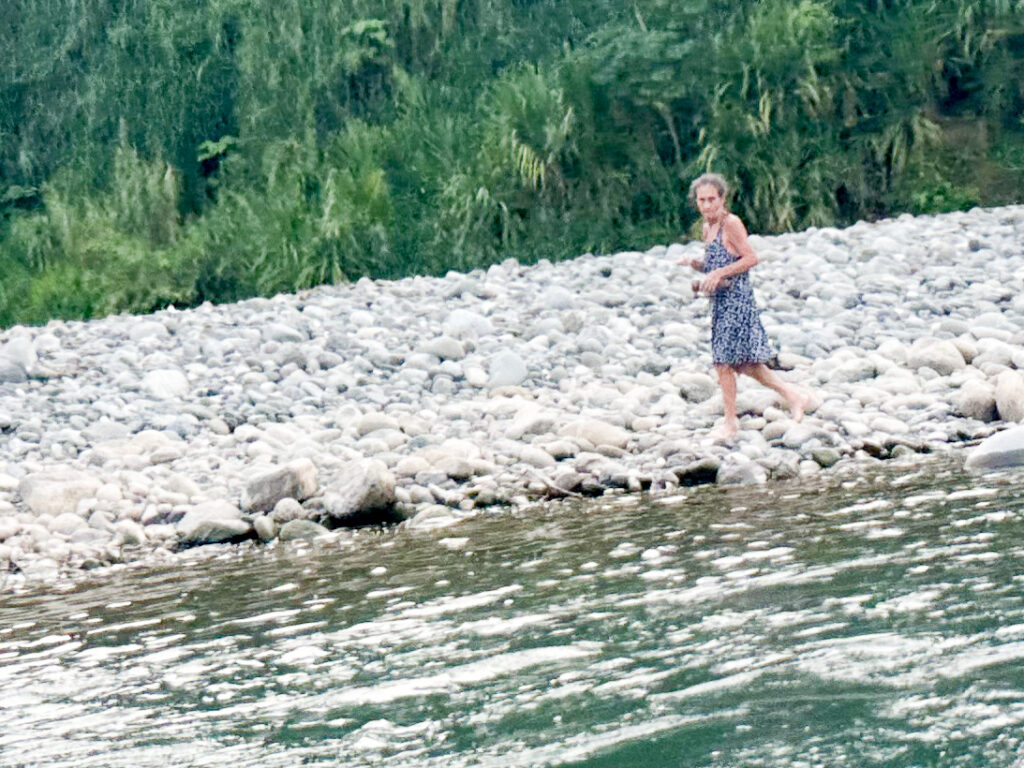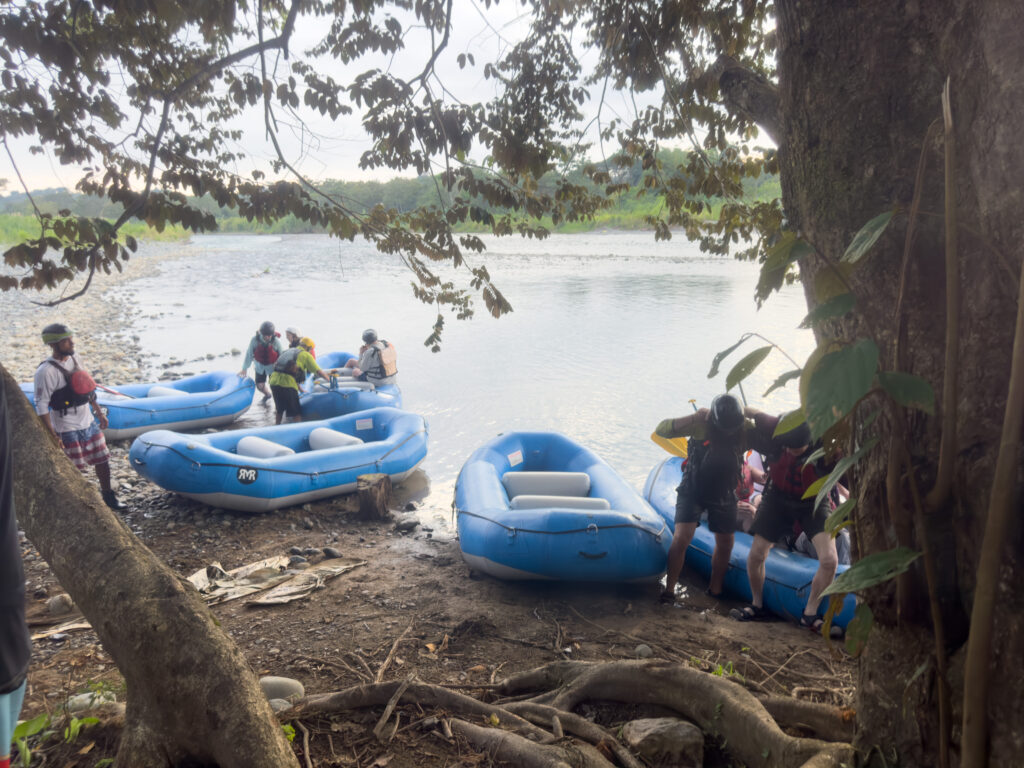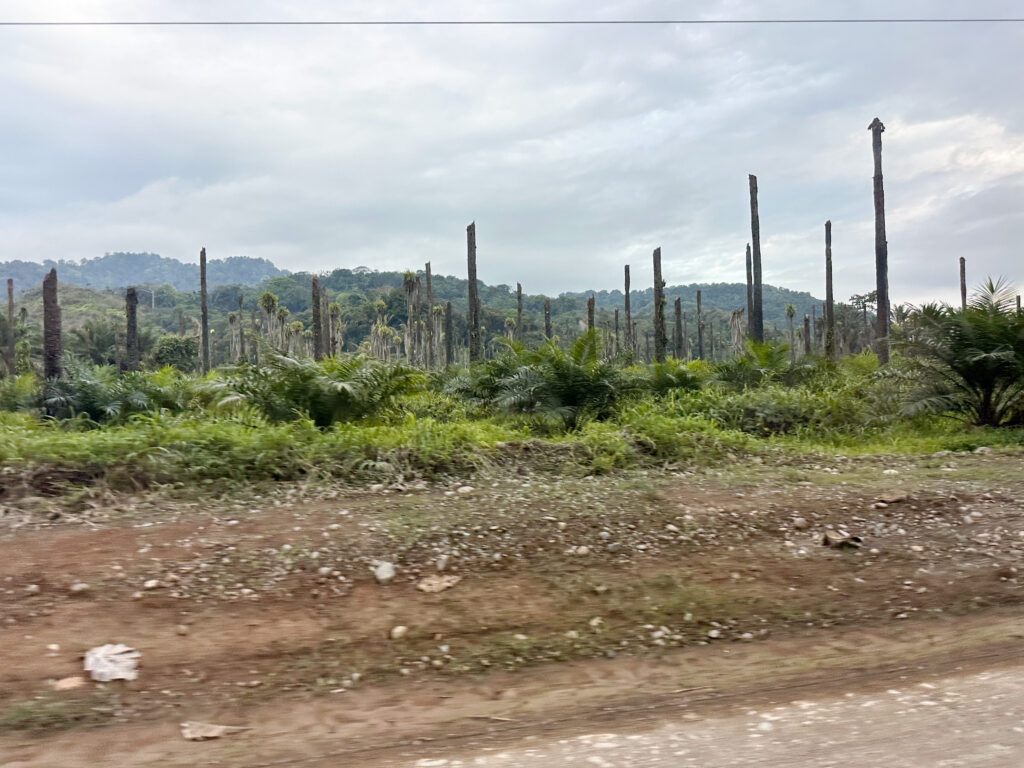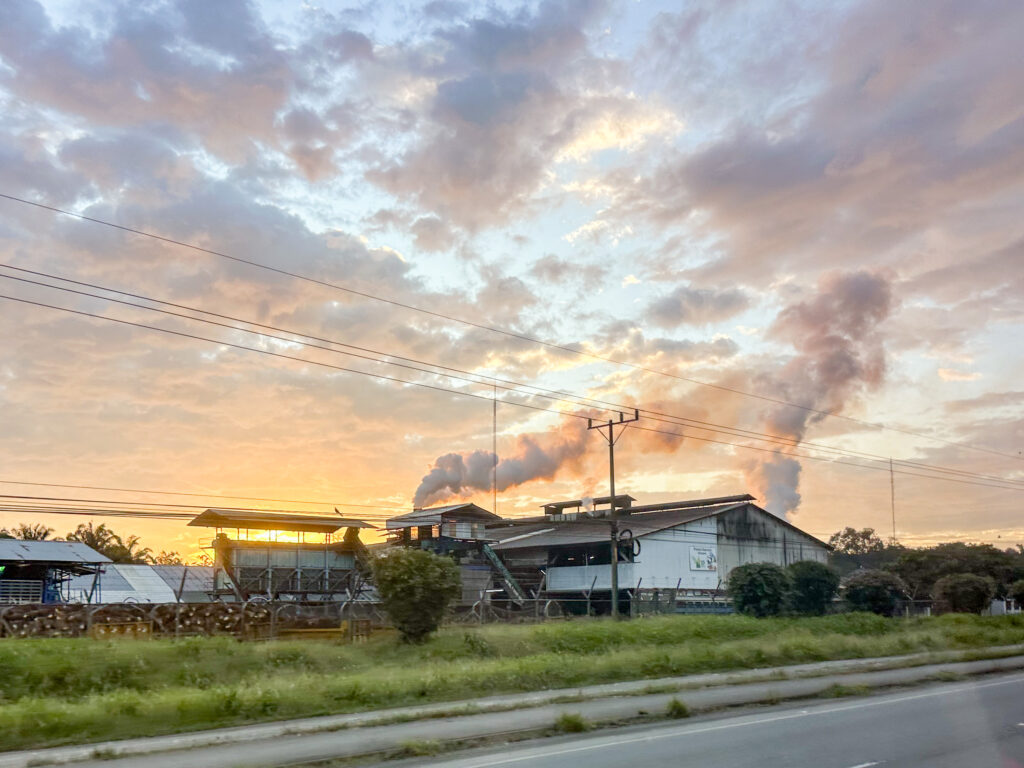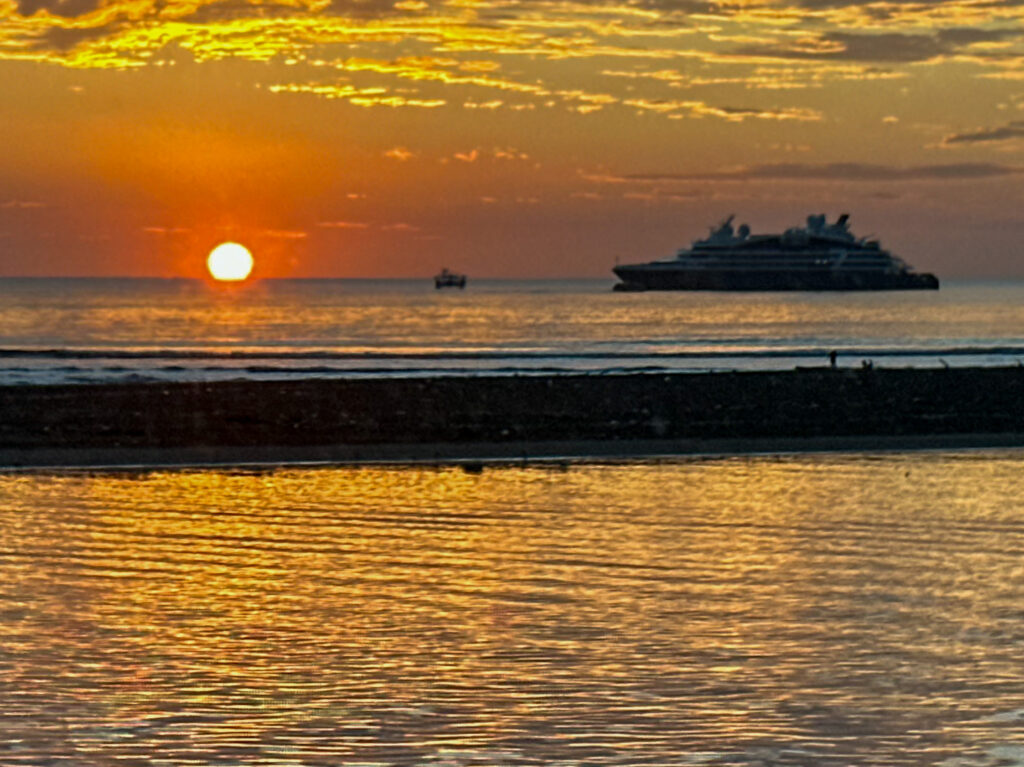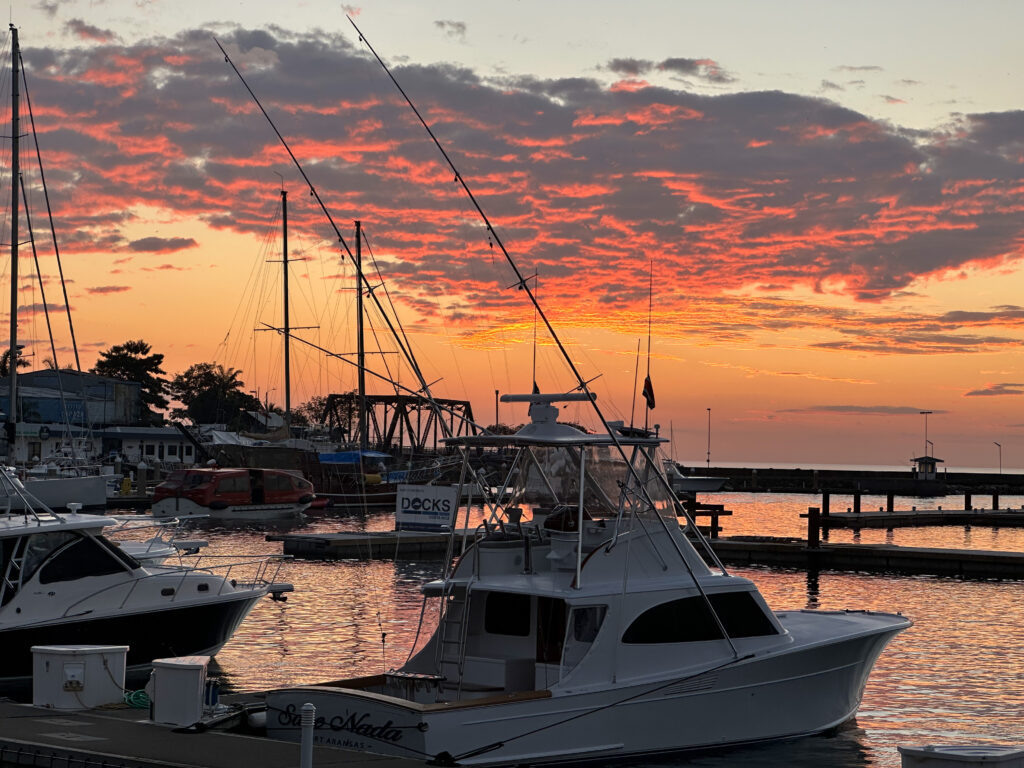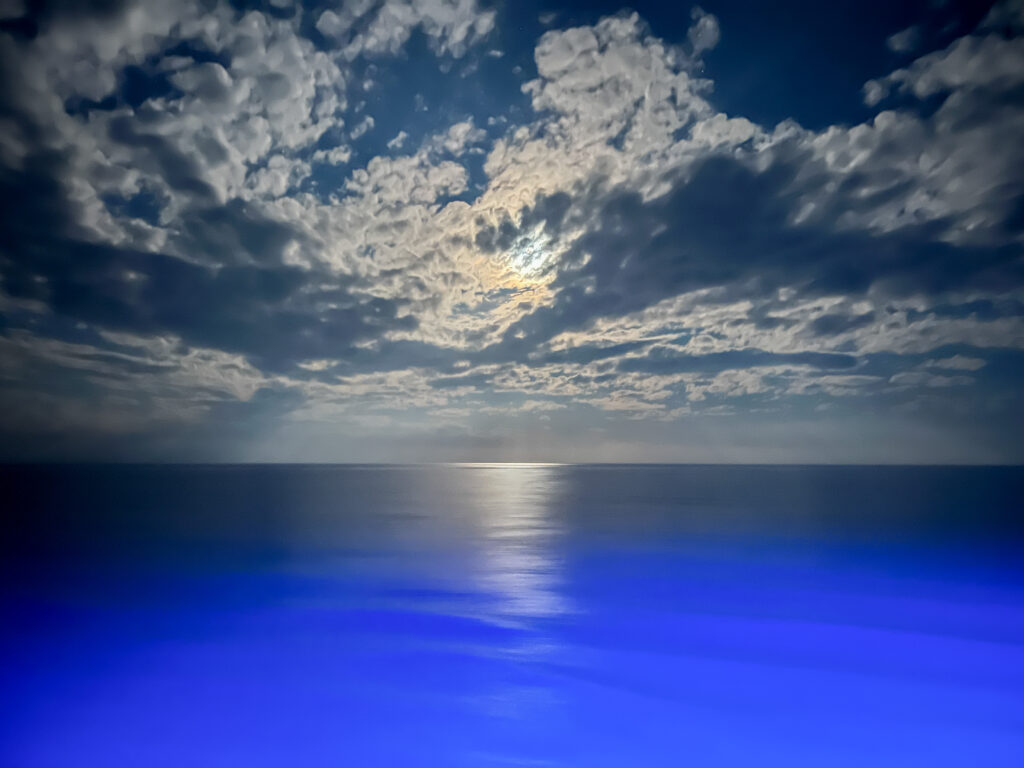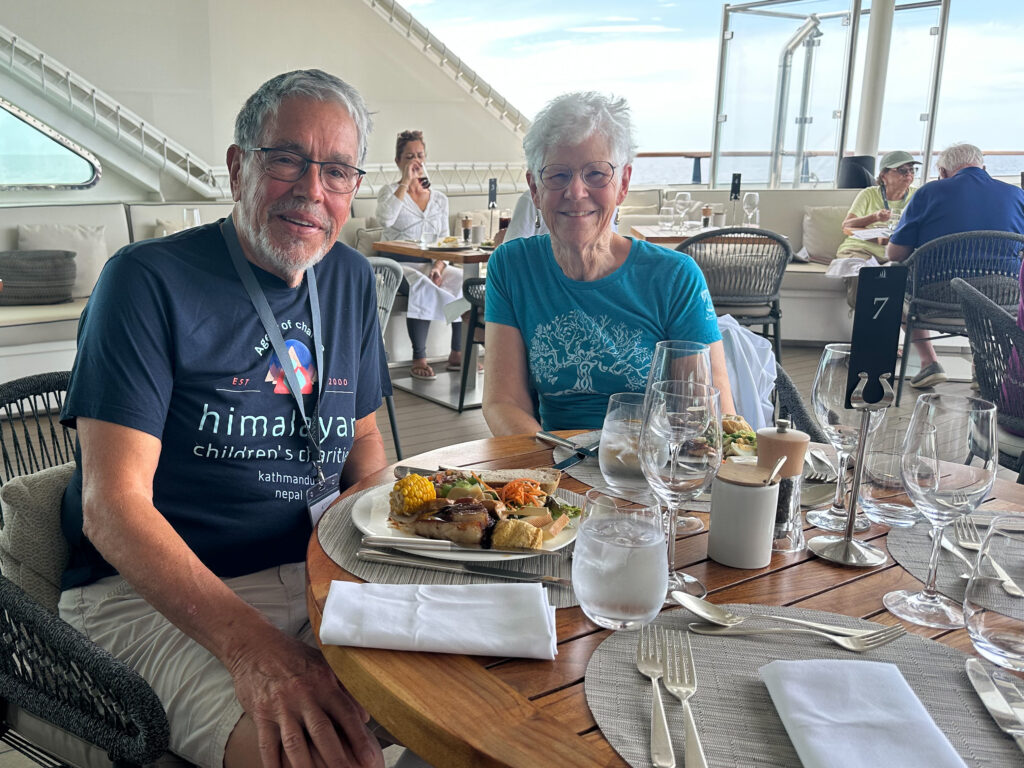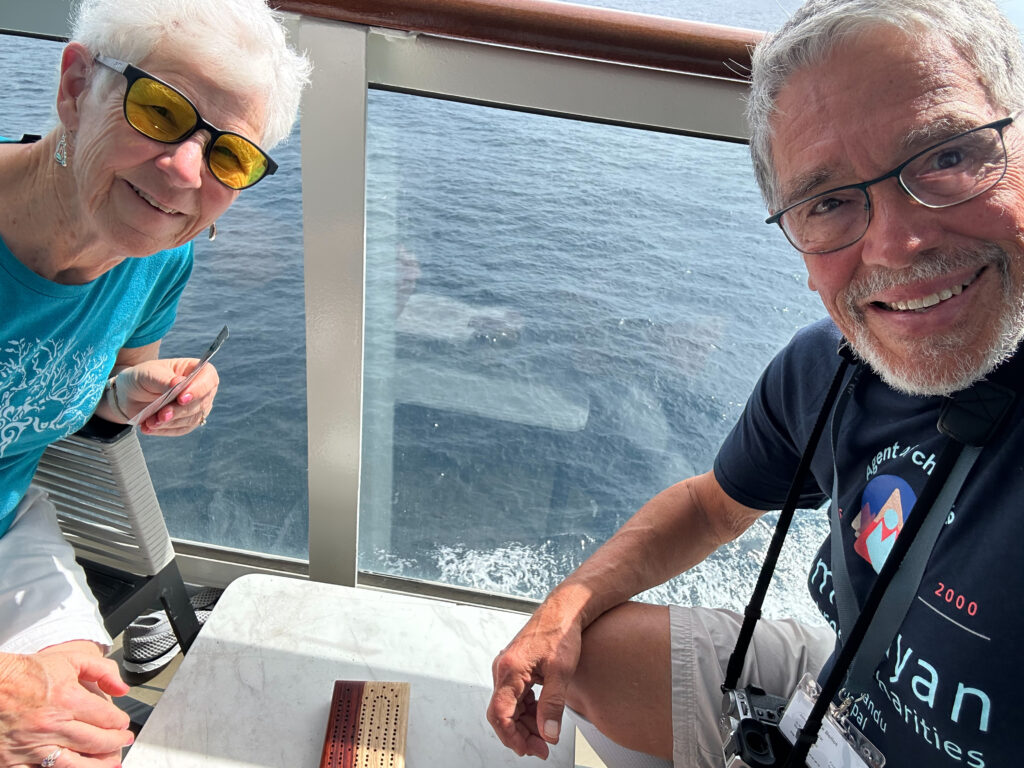Here’s what we did yesterday and today. Yesterday, in addition to rafting, we had a morning hike through the so-called Rainmaker forest. It’s a private enterprise with a series of hiking trails through the forest, crossing a couple of swinging bridges and passing a waterfall. A nice hike and a couple of new birds, some interesting bugs and stories from our naturalist guide about the flora and fauna of the forest.
Then, the afternoon trip down the not-so-lazy river as previously reported. I’ve included some of my in-river pictures.
Today has been our day at sea. My plan had been to have a leisurely day and get caught up with the blogging I failed to do last night. But, alas, here it is almost 10 PM as I type this. Part of the problem has been some interesting talks on board today that kept me away from the keyboard. Then there was a long dinner – 7:30 to 9:30: – with an interesting couple and a lengthy trading of travel stories. She emigrated to Israel as a young girl from Bulgaria. He’s traveled the world as a technology consultant.
Yesterday on our drive to the Savrege River we passed by mile after mile of palm trees, planted in precise rows, each tree evenly spaced from its neighbor. These were palm oil plantations. The trees produce coconuts, which are knocked down by workers yielding long aluminum poles – must be 20 feet long or longer, I’d guess. The workers, naturally, tend to be Nicaraguans, not Costa Ricans. Machines may be involved in the harvest, but trees near power lines, marked with yellow and red bunting, must be done by hand. Workers face a number of risks, especially from snakes and scorpions crawling around the base of the trees and of course the ever-present risk of being beaned by falling coconuts.
The nuts are hauled off to a processing facility where the oil is squeezed out for use as a raw material in a number of cosmetic and commercial products. Palm oil is not popular as a food element these days.
Another thing we saw along the way were houses built by the government for people below a certain income level. We saw some of these basic two bedroom houses along the way today.
Judy is providing a writeup of this and other social programs instituted by the Costa Rican government using funds freed up after the army was disbanded. Here’s her report:
During our tours in Costa Rica I, Judy, want to share some of the things I learned.
Every town, no matter how small has three essential things: a town square, a school and a soccer field. Some would add a fourth requirement: a bar.
The education system consists of mandatory primary school. These schools are local so no transportation is needed. Meals are provided. Secondary school is not mandatory but our last guide said that at least 90% do go. Our guide up in San Jose talked about the goal after secondary schooling is that each student is ready for a job, so there are technical programs available. They also have five high quality universities.. In order to go they need to have done well in secondary school and I think they said they take an exam. Literacy rate in Costa Rica is 96%.
The health care and retirement are paid for by a percentage of each person’s salary going to the government for health care and retirement. The total income tax rate is ranges from 0% to 25% depending on income. The top rate kicks in around $40,000. For income sourced in Costa Rica.. Expats pay the same rate and love the fact that earnings sourced outside Costa Rica are not taxed..
Of the 25%, 7% to 11% goes to pay for the universal health care system, Caja. There is a private healthcare system too. Many doctors work in both the public and private systems. WHO ranks Costa Rica’s health care system 36th in the world, ahead of the US.
Costa Rica also provides income for retirees although that system may be seriously underfunded according to some reports.
Today on board we had several great lectures. The first, by a naturalist, gave an overview of Panama, its geography, native peoples and flora and fauna. Another lecturer, this one a Costa Rican, gave us an overview of the indigenous Emberas people in the town of Play Muerto on the westernmost end of Panama. It’s located in the Darian National Park.We’re promised an interesting time with a very friendly group of people when we visit them tomorrow. Stay tuned.
The other speaker today was Tim Martin who described his fascinating career as a wildlife film maker, working for over twenty years around the world for the likes of BBC and Discovery Channel. Today his focus is on sustainable farming in England as well as continuing to produce nature-based films.
So a busy day at sea and a day, relaxing nonetheless after several pretty active days ashore. Tomorrow should be a half day on land. The next day will be the Canal crossing.
